Welcome readers! On this week’s Misplaced Mechanics, I’ll be showcasing three fundamentally different RPGs. One of them is debatably the best Star Wars game ever created, the second is part of the Shin Megami Tensei franchise, well known for it’s mature stories and difficulty, and the last is part of the series that can’t be excluded when talking about RPGs, Final Fantasy. Let’s start with the most well known of the three, Final Fantasy X and see what kind of bad game design choices we find today.
Final Fantasy X – Optionally Mandatory?
Final Fantasy X has to be one of my favourite games. I don’t think it was exceptional, but everything fit together perfectly in it. It was simply fun to play and I honestly think it was the last good game of the main series, although to be fair only FFXII has come out since then. While it wasn’t my first Final Fantasy title, it was the first of the series that I actually finished and the first that I completed fully, leaving no sidequests unfinished…except for one.
The Dark Aeons. Oh God, the Dark Aeons. Only appearing in the PAL version of the game and the Japanese-exclusive Final Fantasy X International, the Dark Aeons were the evil versions of the players summon monsters, functioning as the optional bosses of the game. These eight bosses were exceptionally difficult even by Final Fantasy standards, but in order for you to understand why they were so hard you have to analyze FFX’s unique leveling system a bit.
The Sphere Grid was something of an evolution over the standard level up mechanism: instead of just gaining levels and obtaining abilities as you grow stronger, you had a board-game like grid. You accumulated a number of moves by gaining experience and you could move along the grid, activating the nodes that would enhance your characters’ attributes. All characters had the same grid, but each started from a separate point, fitting their initial class. Certain sections were specifically made for each class, and by the time you finished most of the story you could move your characters to new areas. There were ways to even create and erase nodes. All these factors meant that a characters growth was theoretically only limited by the attributes’ maximum value and the player’s patience.
This is what the Dark Aeons exploited. Despite the potential for each character to be virtually omnipotent, mastering each characters’ class was the only thing truly necessary to beat the game itself, however the Dark Aeons required characters much stronger than that, characters that had nearly maxed stats and the ability to exceed the 9999 hit point cap, among other things. In other RPGs, optional bosses were strong, but because of the traditional leveling system, the players could at least stand a chance against them, after all most of the time the player reached at least half of the maximum level, which meant his character had half of his maximum potential. In FFX however, the Sphere Grid made everything different, prompting the player to play for literally hundreds of hours to even have a chance against these Dark Aeons. Because of the Sphere Grid, the difference between their power and the final boss’ power was radically larger than it normally is between optional and final bosses.
By now you must be thinking the Sphere Grid was the bad mechanic. Actually no, it wasn’t. It was the fact that while these bosses were optional, you could run into them while travelling around randomly. The bosses that would destroy your party in one round and not allow you to escape were put into random places where they ambushed you and in some cases, you couldn’t even run away from them when you saw them coming. This is the bad mechanic that later also found it’s way to another Squaresoft RPG, Kingdom Hearts. It was very annoying to know that some sections were blocked by these overly powerful enemies, keeping you from revisiting some areas of the game. Dark Valefor even kept you from revisiting the starting village of Besaid and thus finishing two sidequests, and although he was the weakest of them all, most people still just resorted to using Yojimbo’s very expensive instant kill attack because Valefor was too strong. You have to wonder if a boss that’s only avoidable by not doing what you want is truly an optional boss.
Star Wars: Knights of the Old Republic – Evolution Halted
KotOR is widely regarded as the best Star Wars game ever made and is also considered to be among the best RPGs ever made by many people. Truth be told, KotOR is great. It had great gameplay mechanics combined with engaging characters and a story which had one the best plot twists in the Star Wars universe since Darth Vader’s infamous line from the end of The Empire Strikes Back. However, there was one thing that I found to be mildy annoying.
That one thing was the level cap. Your character’s maximum level was 20, which wasn’t too bad. On the first playthrough, most people reached the maximum level on the last planet of the game. However, as you replay the game, you’ll notice new things and eventually there will come a time when you’ll notice that your experience points have exceeded the Level 20 requirement by a large amount and it is quite annoying to not be allowed to enhance your character any further. This is especially disappointing because of the fact that the main character doesn’t start as a Jedi, in other words, the more levels he gains after becoming a Jedi, the more Force Points and Jedi-exclusive abilities he gets. Since the level cap is so small, the player has to hold off on leveling up till he becomes a Jedi if he wants to get the most out of his Jedi abilities. Also, since every Jedi class has special feats that are only available once the Jedi class reaches level 12, a character who reached Level 9 before becoming a Jedi automatically loses those abilities, however very few people managed to reach that level before that event. Still, the game is great and it’s sequel, Knights of the Old Republic II: The Sith Lords increased the level cap to 50. Too bad the sequel is an unfinished, rushed product that although very good, does not live up to what it could have been.
Shin Megami Tensei: Nocturne – You didn’t think we’d revive you, did you?
The SMT franchise is well known for it’s dark stories that leave you thinking for a long time after you beat the games. Another thing that they are well known for, is their difficulty. Games under the SMT label range from fairly difficult to infuriatingly hard. Their difficulty mainly comes from some of the gameplay mechanics. To be honest, some people find SMT to be unfair, something that has merit to it, when you think about things like enemies that can only be hit by one type of attack. Even so, SMT can be very fun for hardcore RPG fans, and those who have patience and play strategically.
Nocturne’s main annoyance is the fact that if the main character dies, the game is over. Despite your character being a master of demons, it doesn’t matter who he has allied himself with, once he goes down in battle, it’s game over, even angels won’t save him. This is annoying because SMT games rely heavily on exploiting weaknesses using specific attack types (physical, fire elemental, etc.) and even have instant kill spells. Honestly, when you put something like that in a game like Nocturne, where the protagonists’ death means game over, it is inevitable that a lot of players will reach a point where they become extremely angry. There’s nothing more infuriating than being back attacked in a random encounter and killed off before you even have a chance to do anything, after three hours of dungeon crawling. While Nocturne may seem unfairly hard at times, it’s still a very good game, though later SMT games have improved upon this mechanic. Digital Devil Saga for example introduces more ways to defend yourself against these instant death spells and what’s more, the entire party needs to perish for the game to be over.
Well readers, that’s it for this week, come back next Wednesday for more Misplaced Mechanics.
Misplaced Mechanics is a weekly Wednesday feature, in which Gyuri brings three games with flawed game mechanics to question them and share his frustrations.

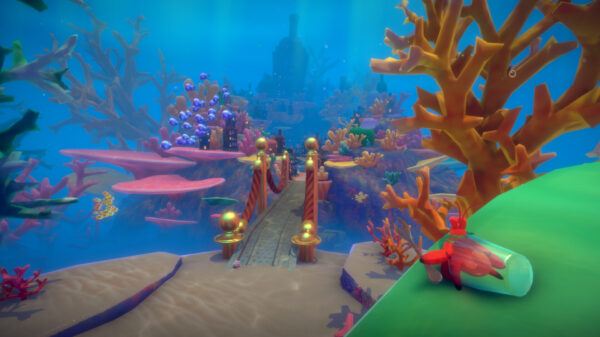
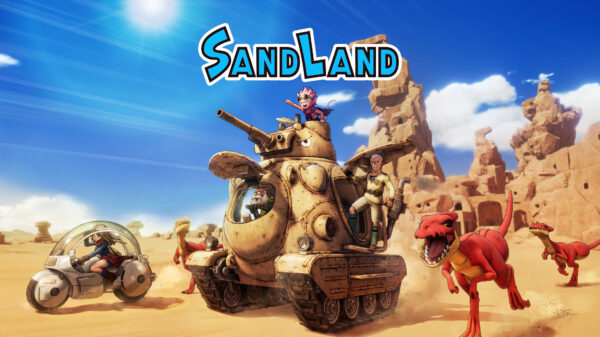
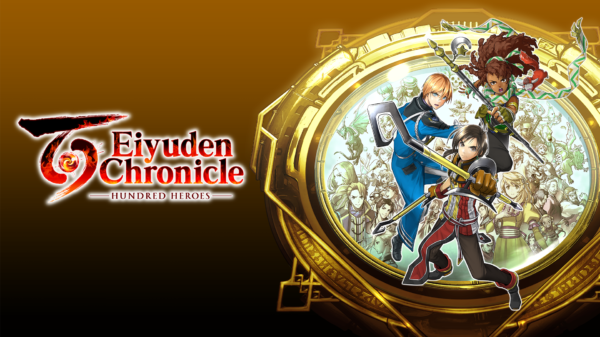
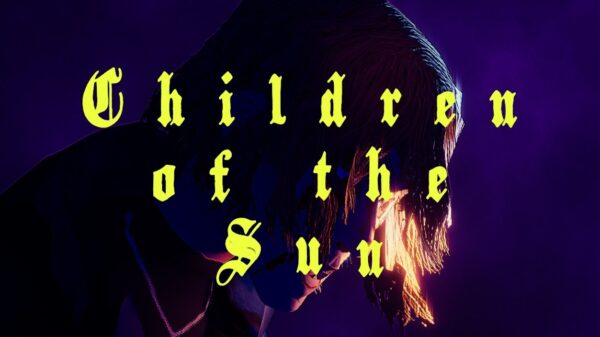
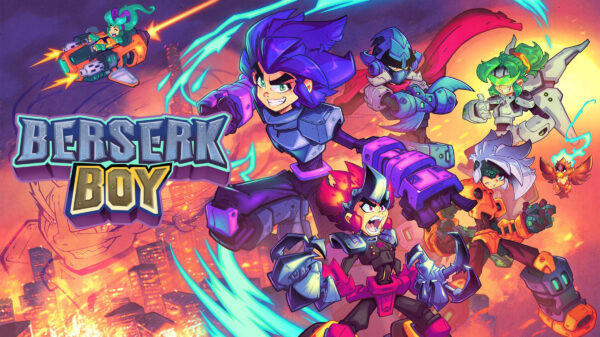
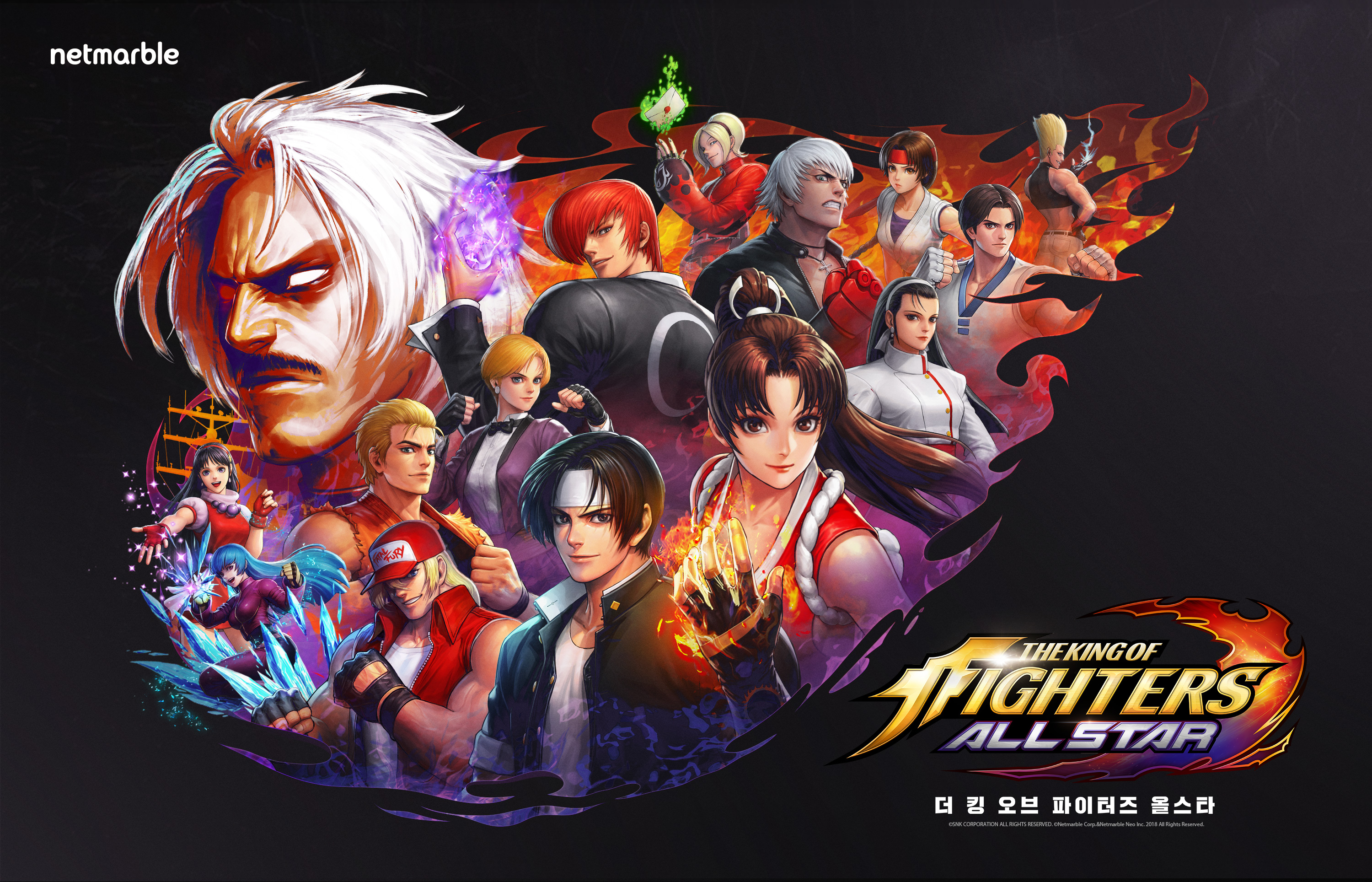
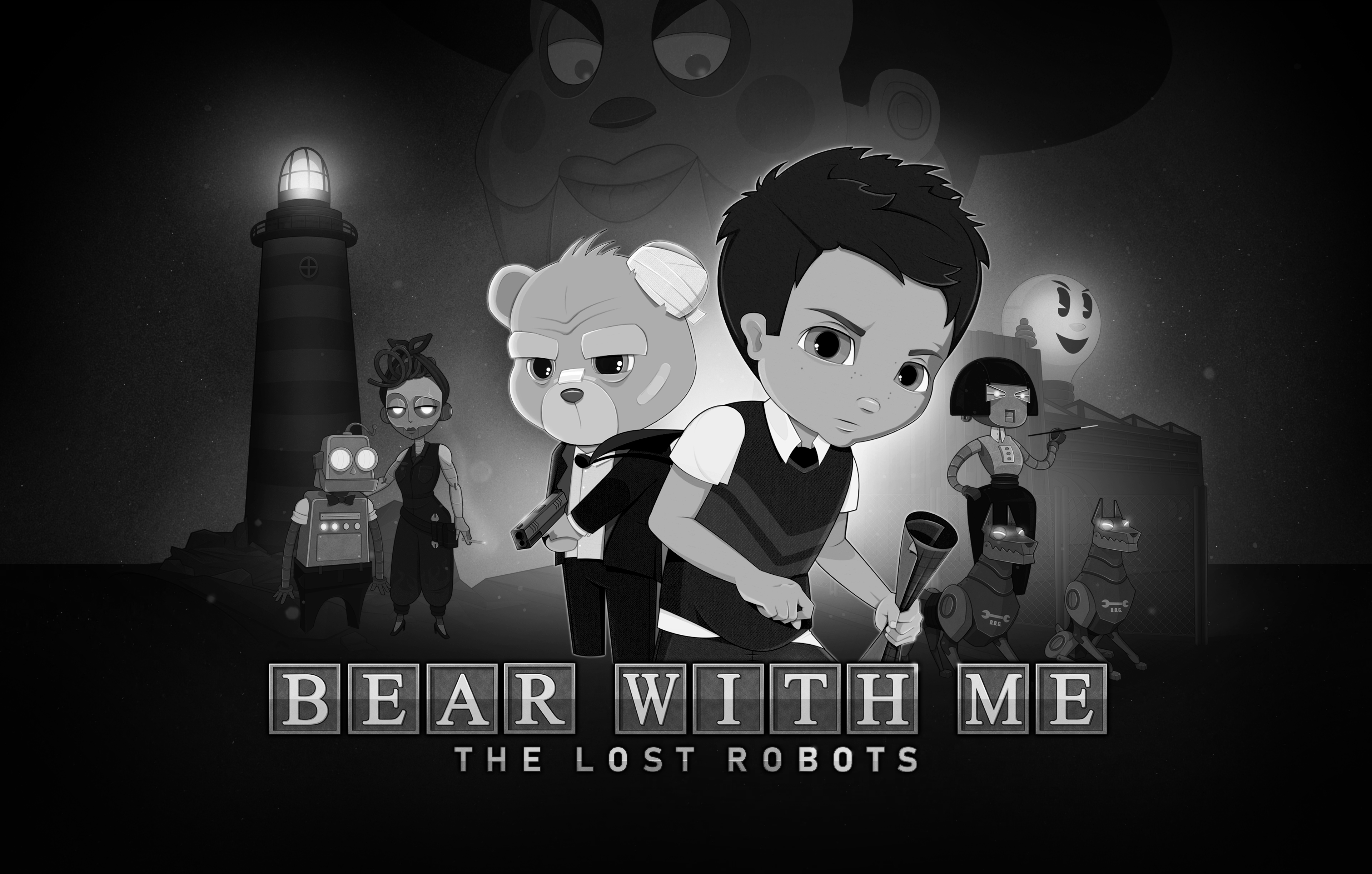
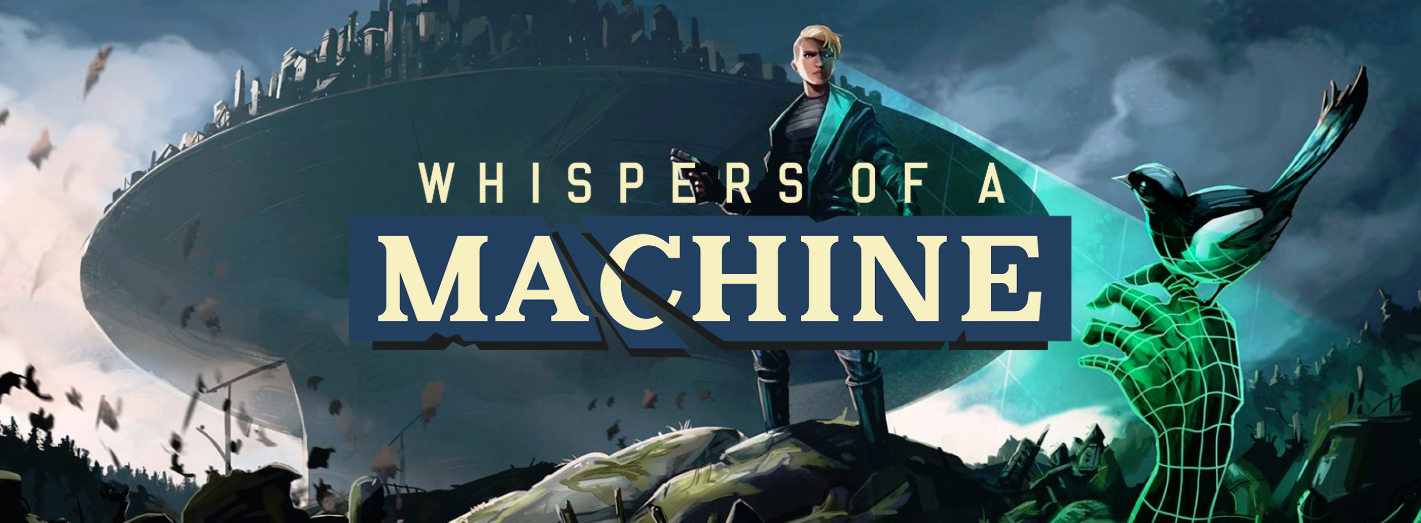
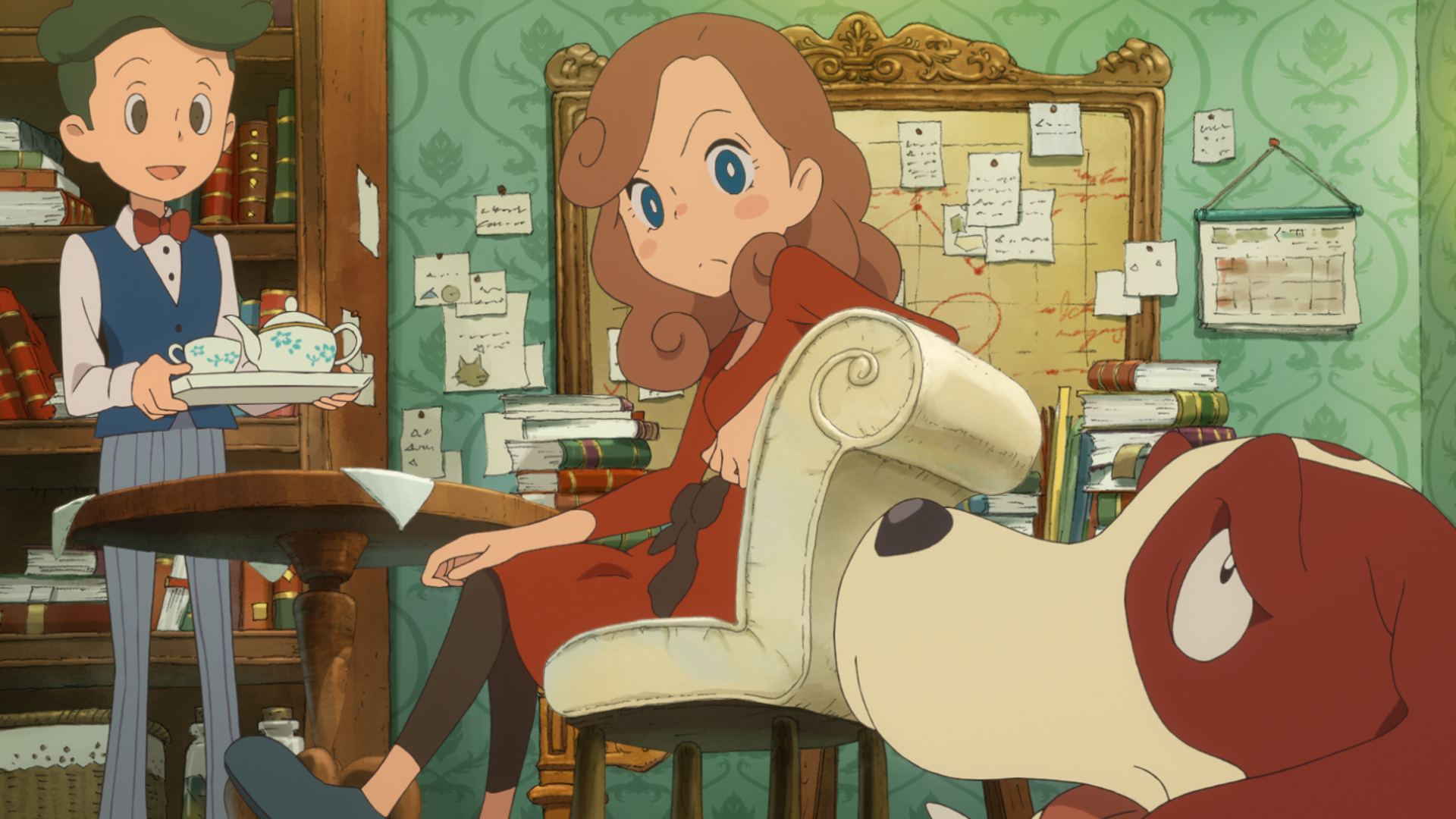
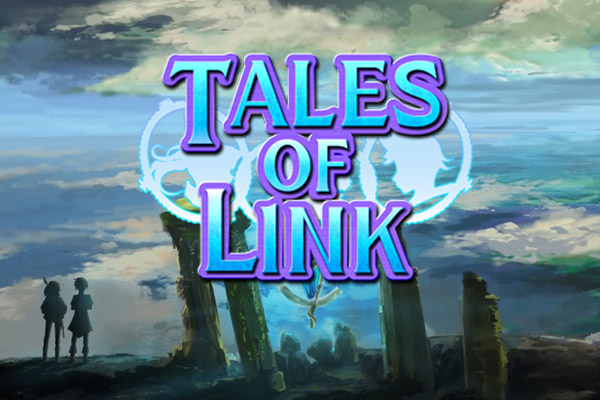

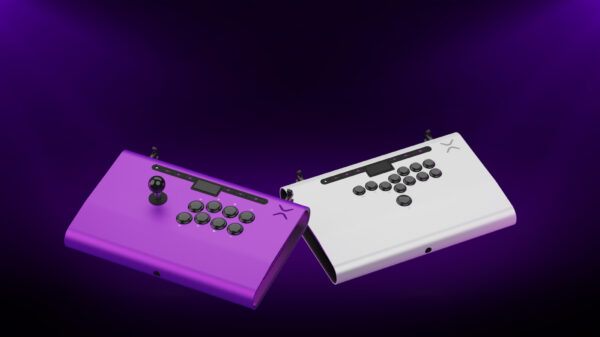

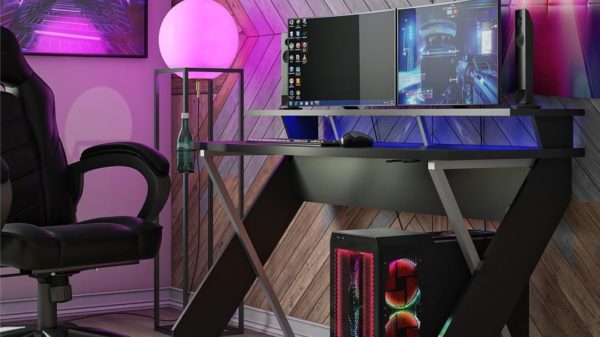


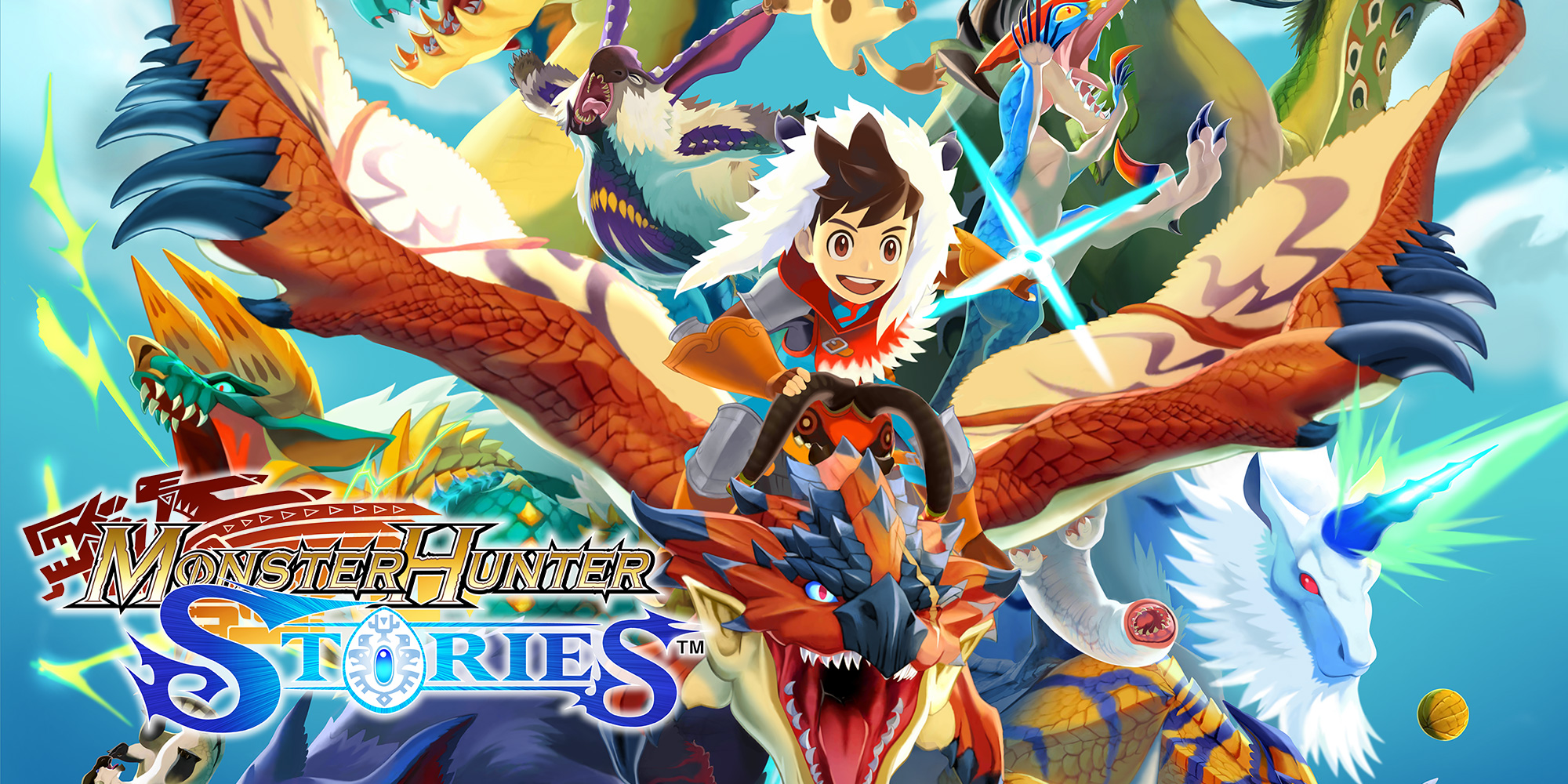
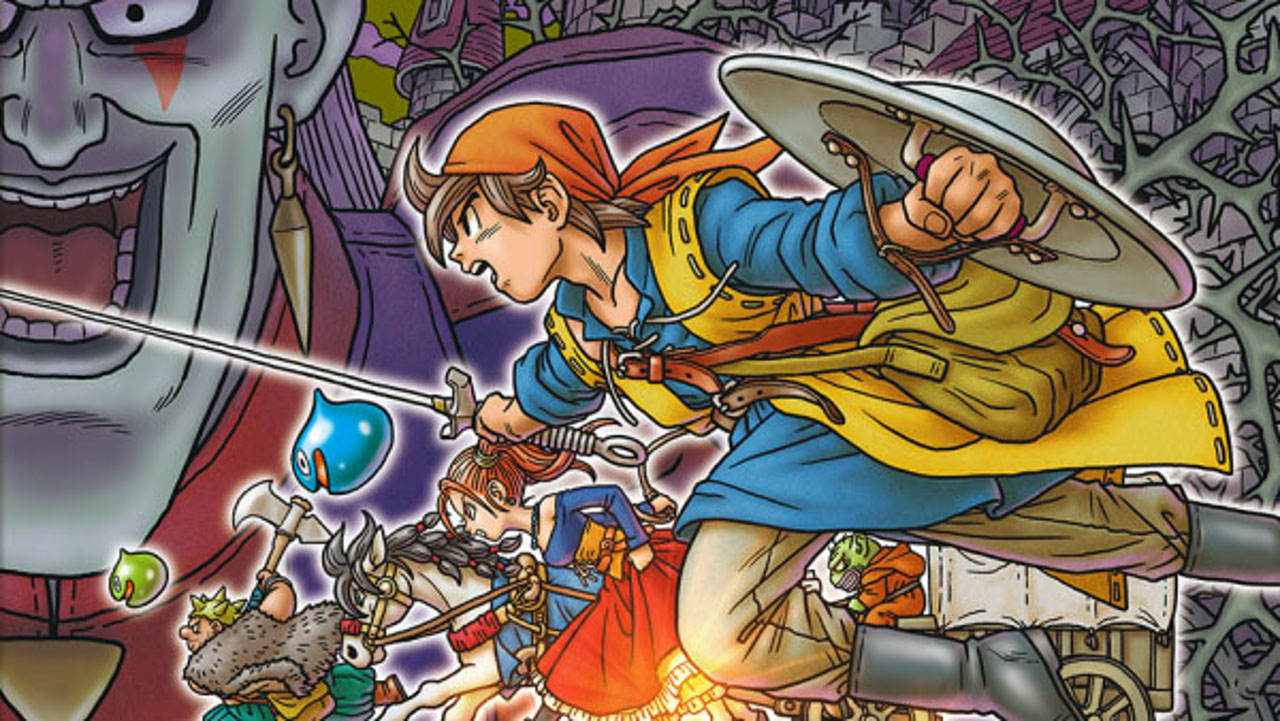
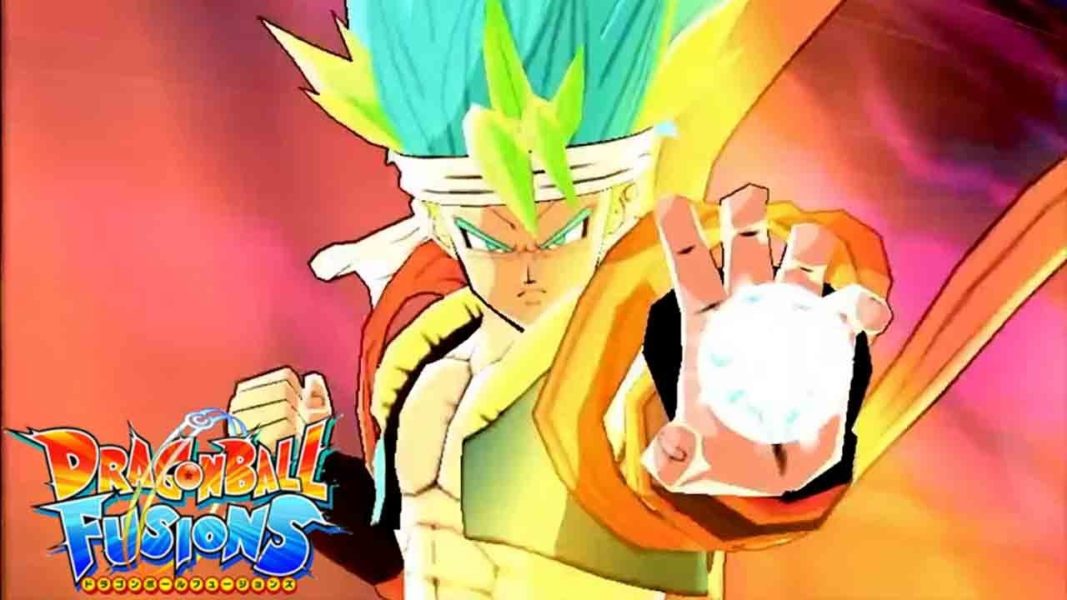

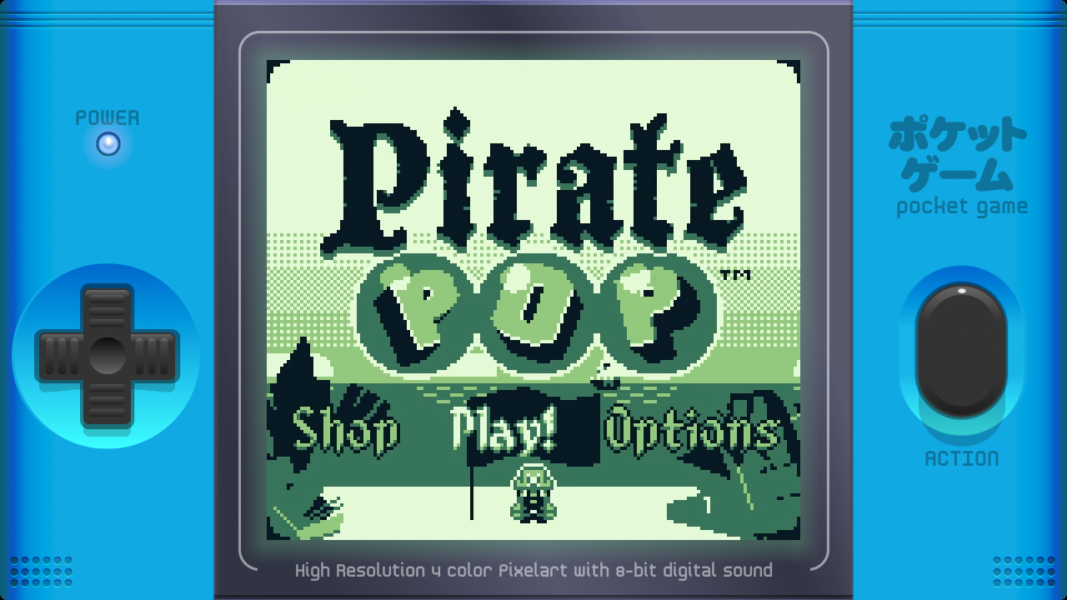
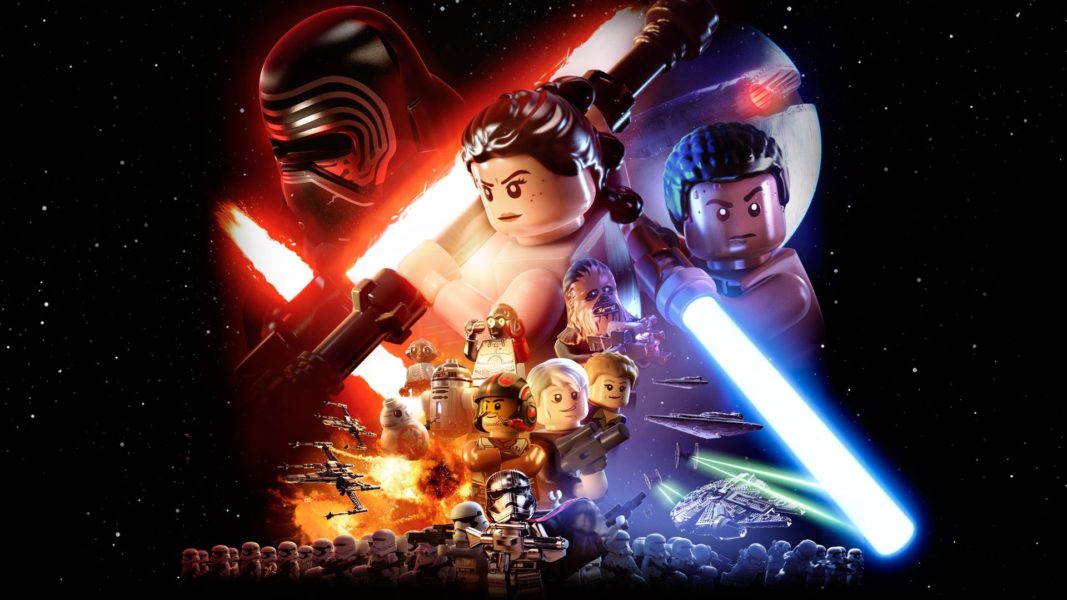


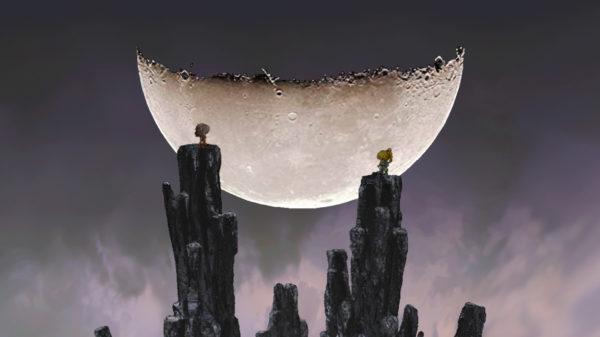
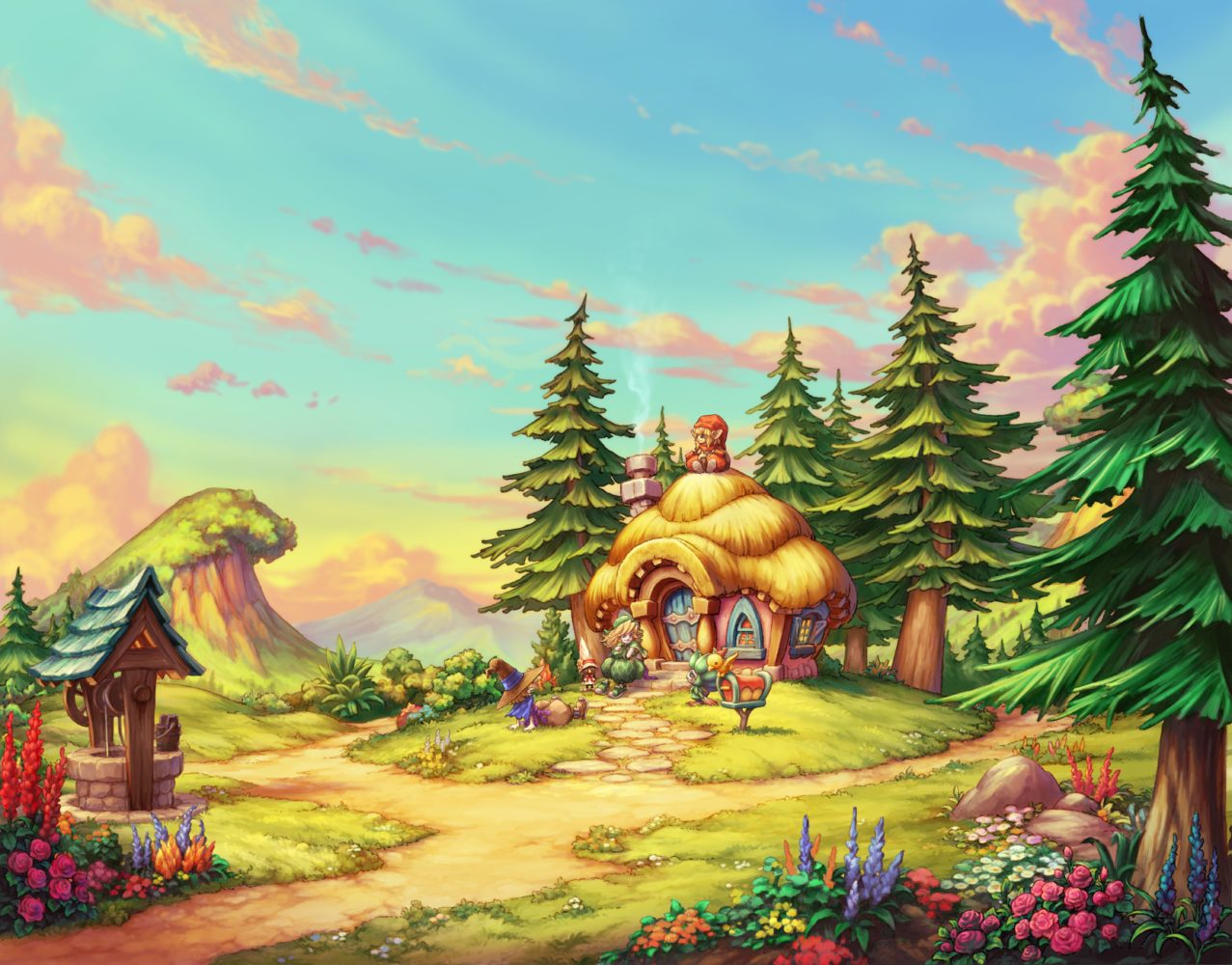

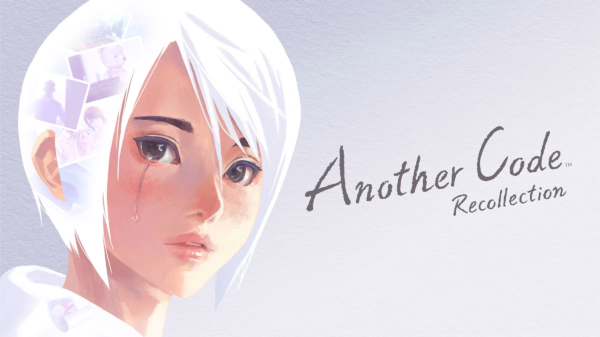
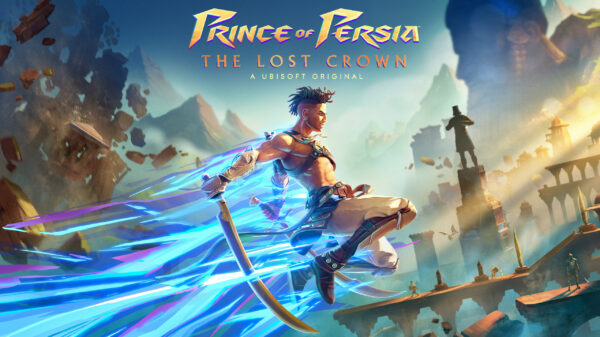
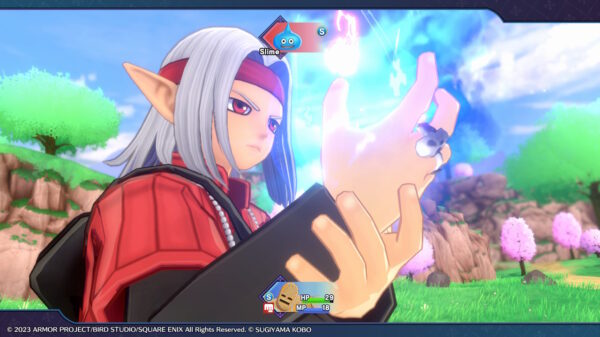
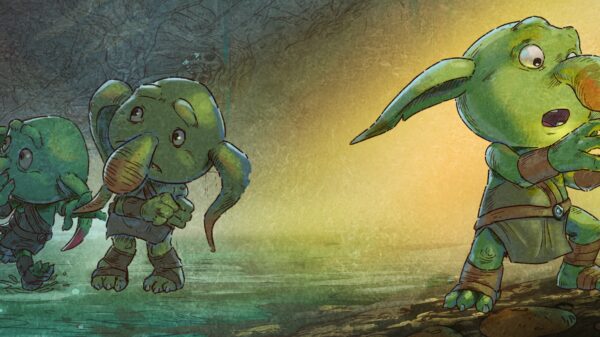
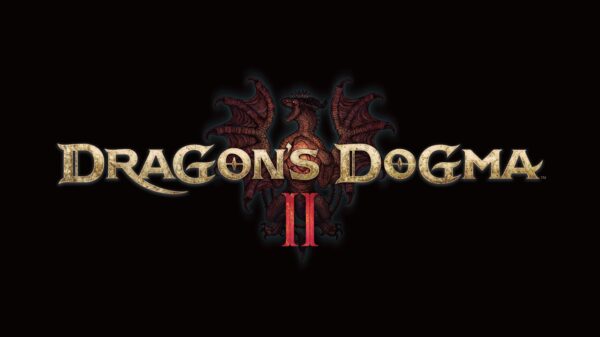
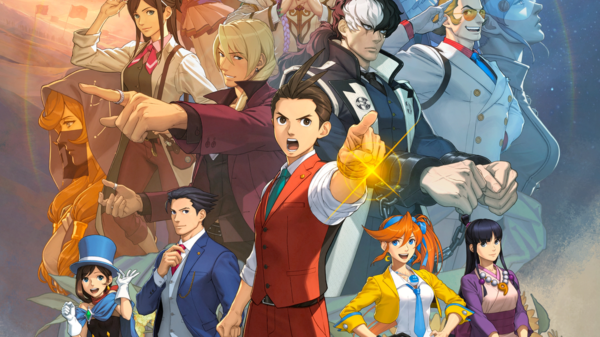
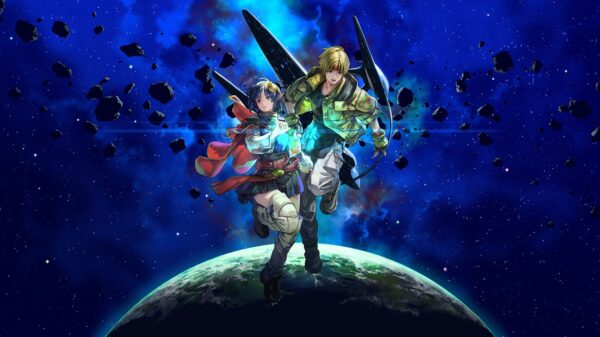
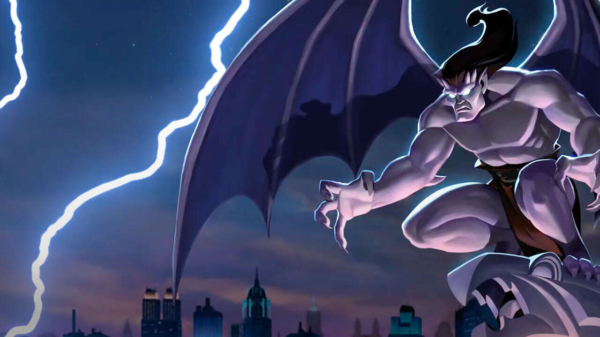
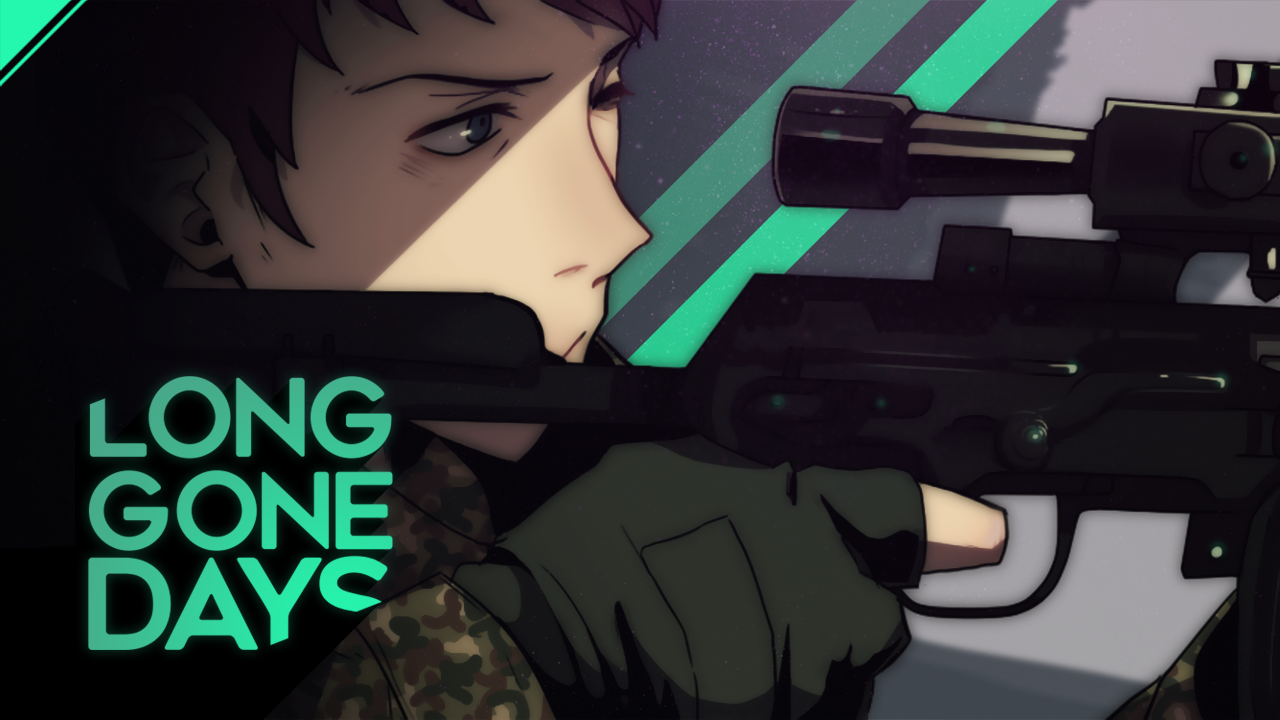
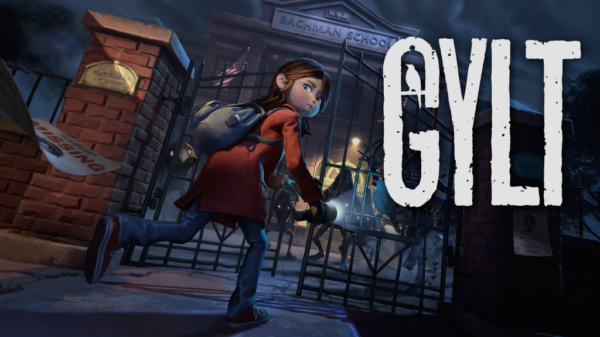
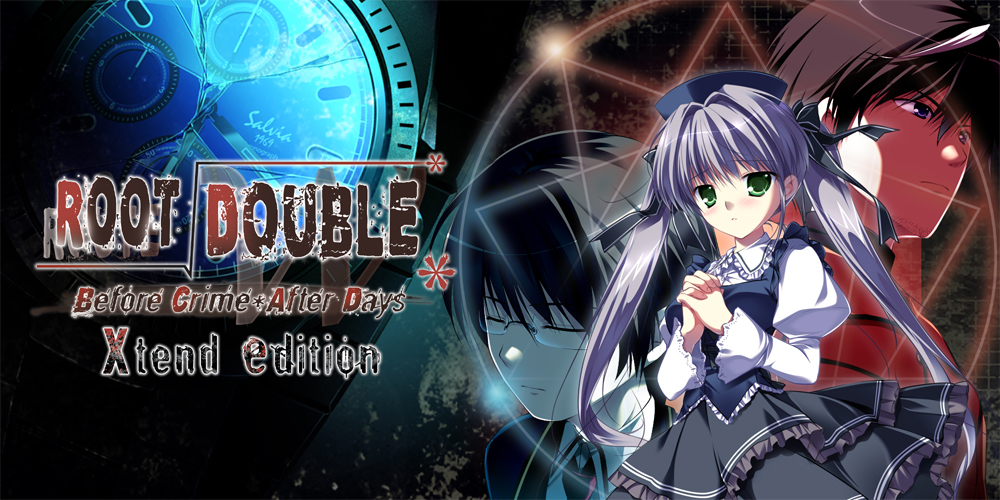
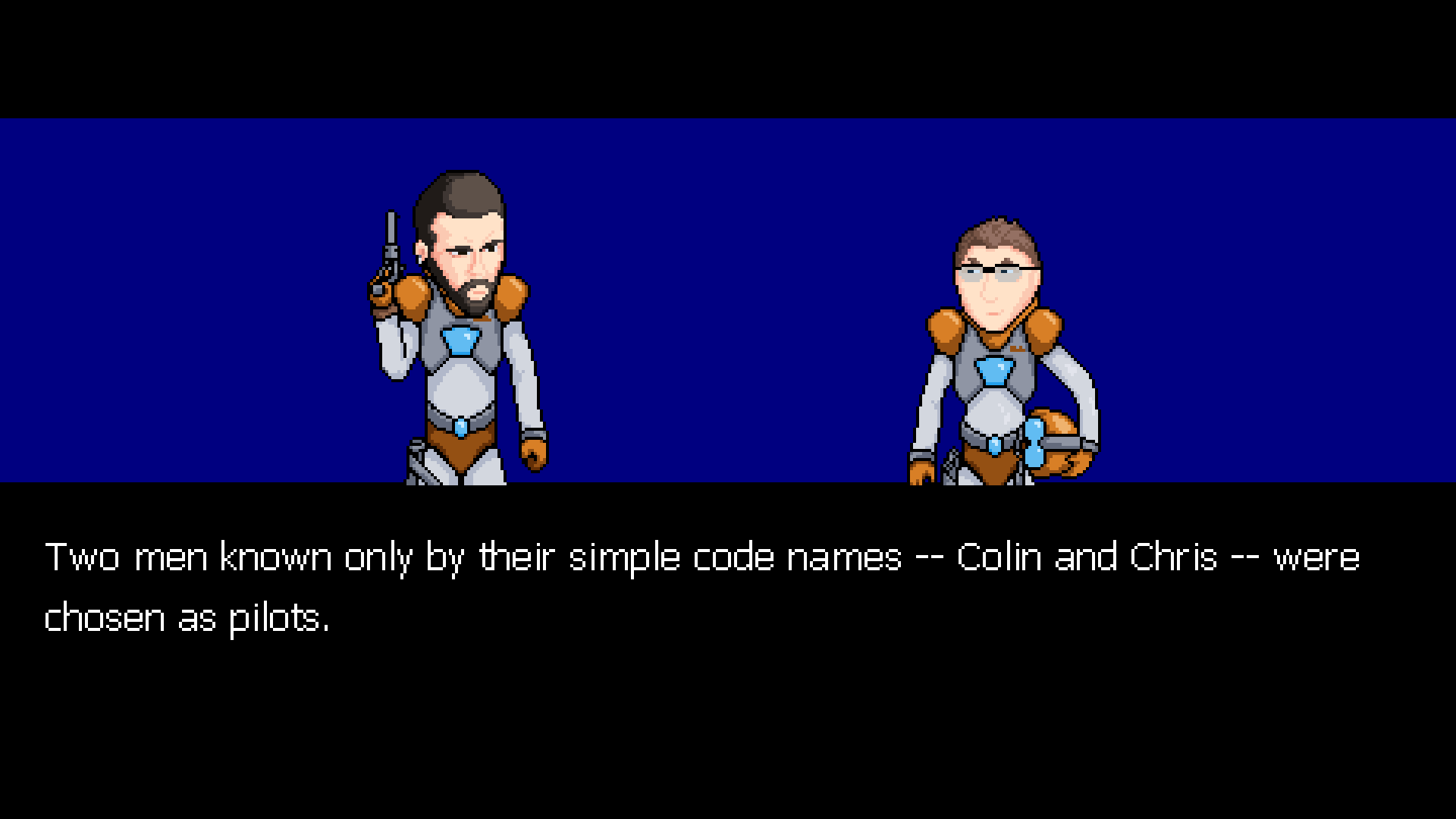
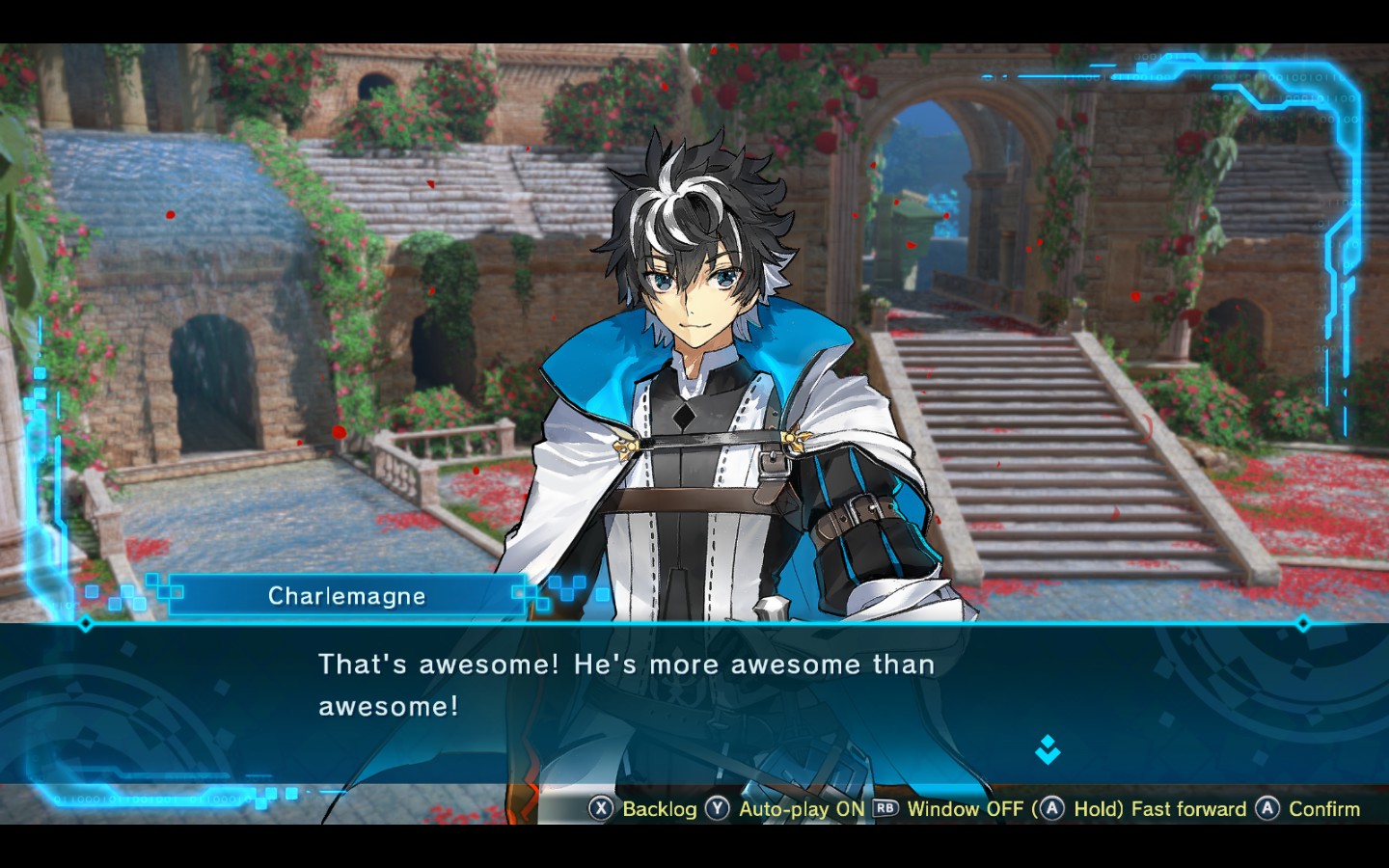
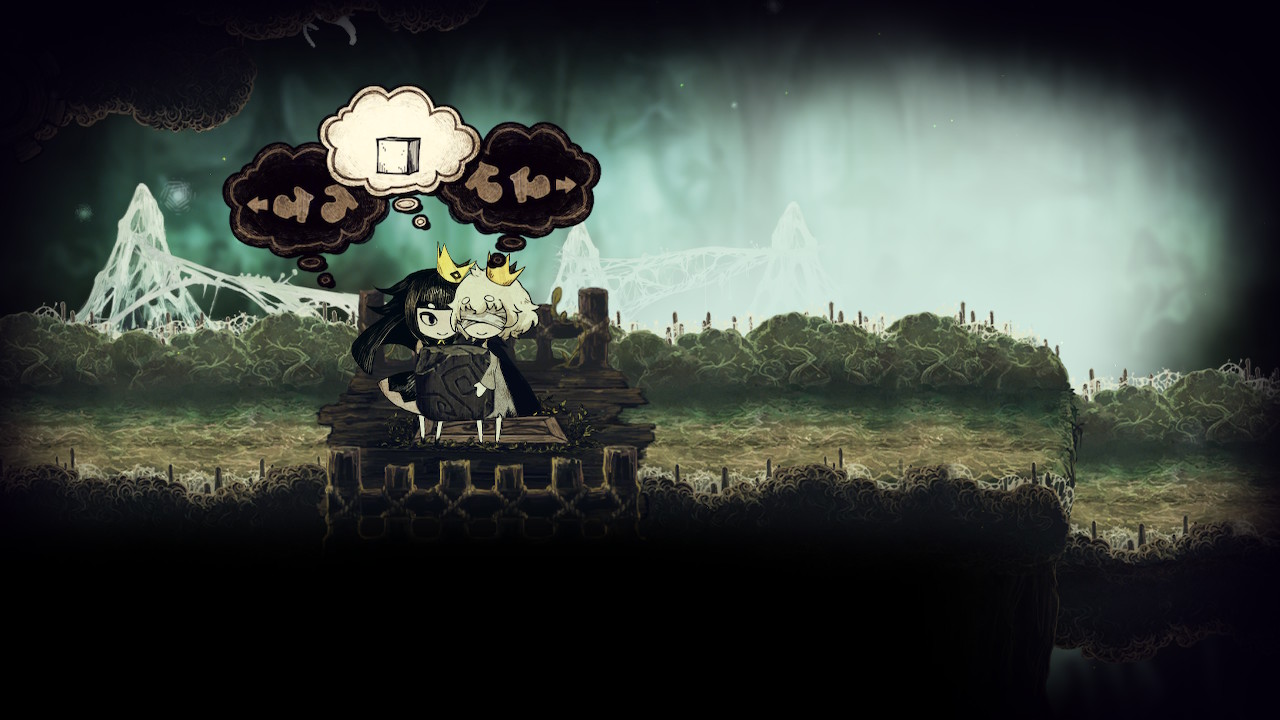
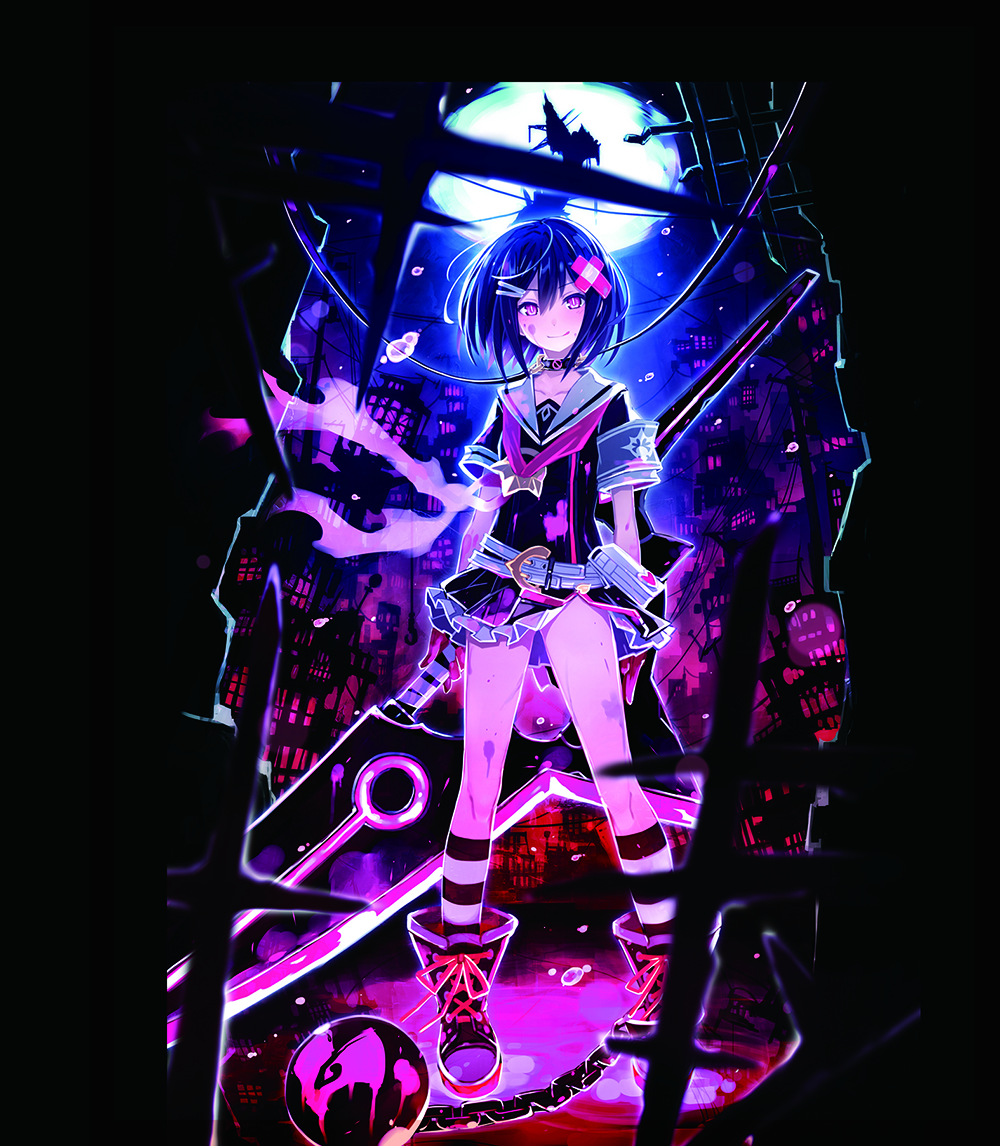
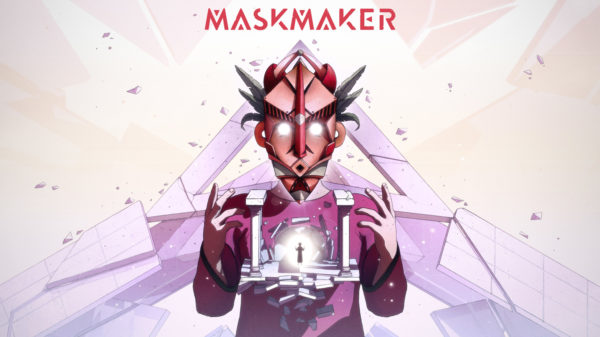
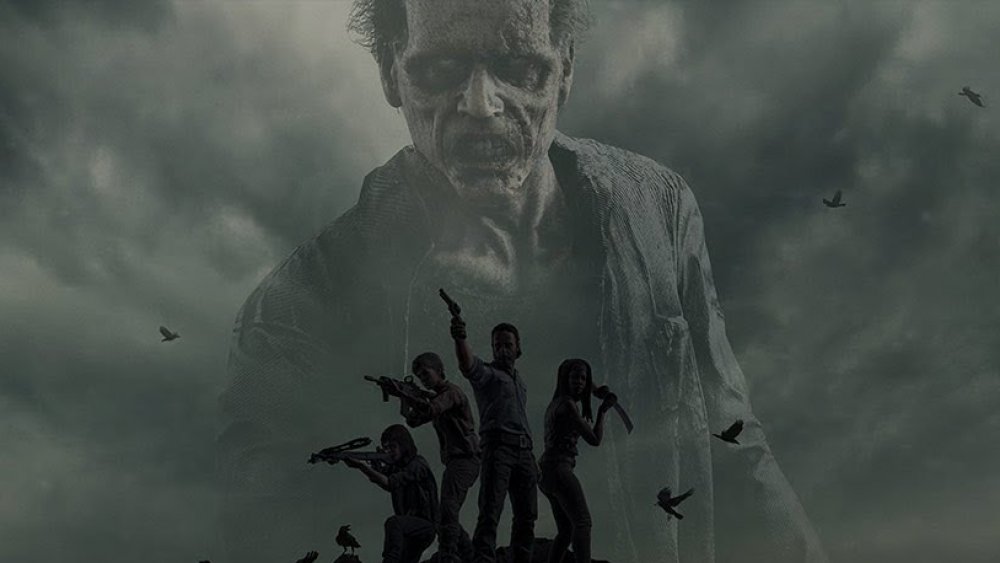

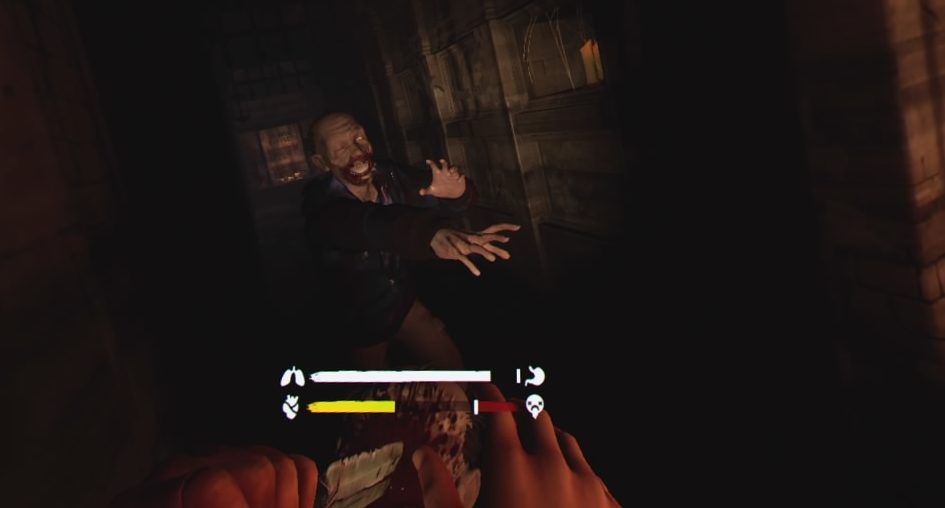
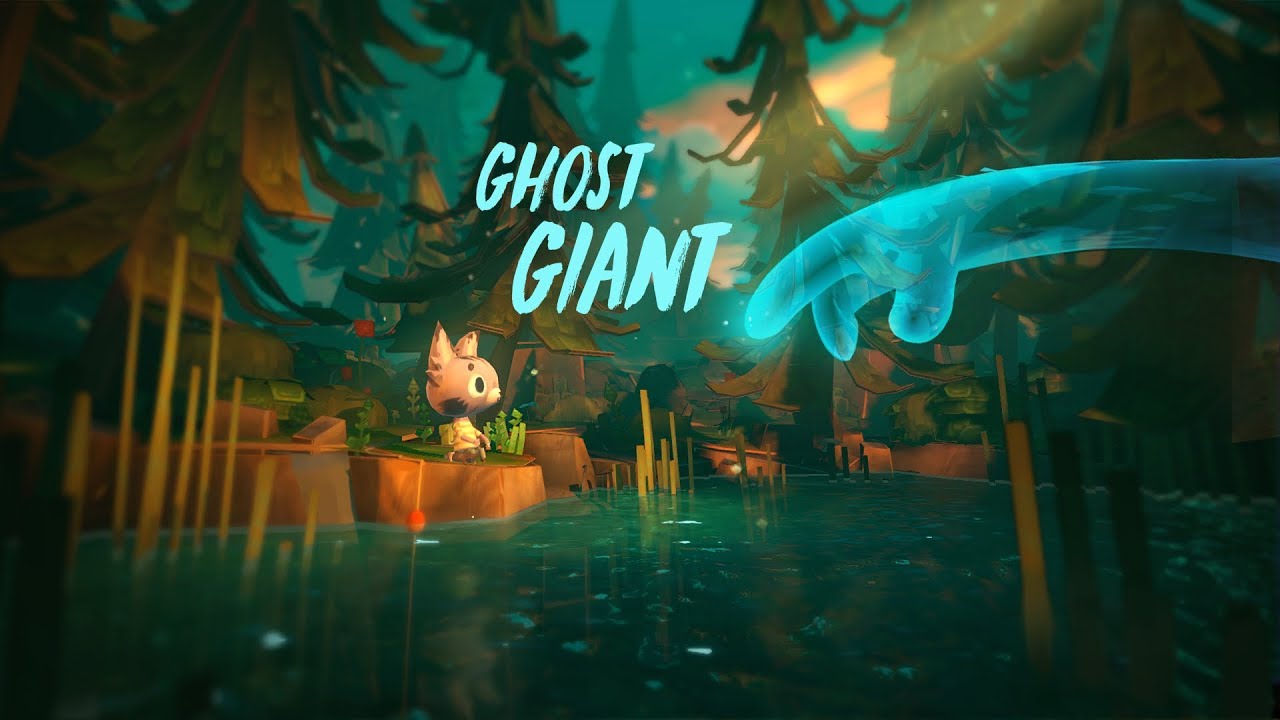
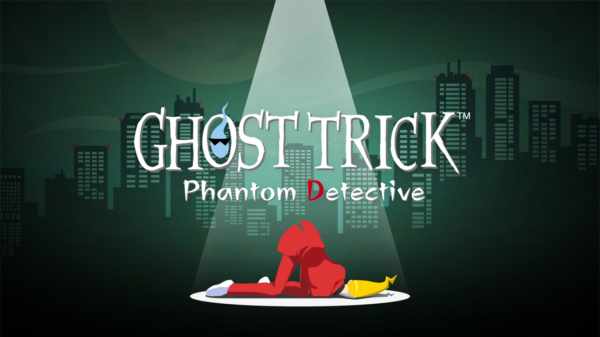
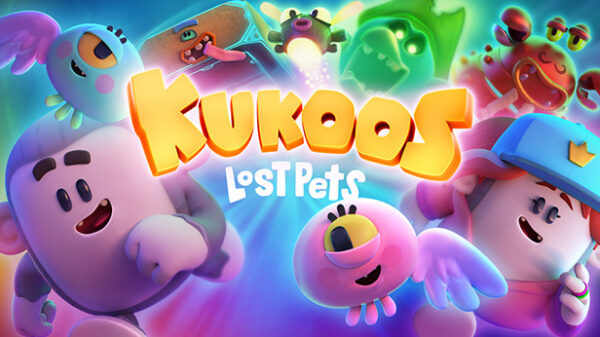
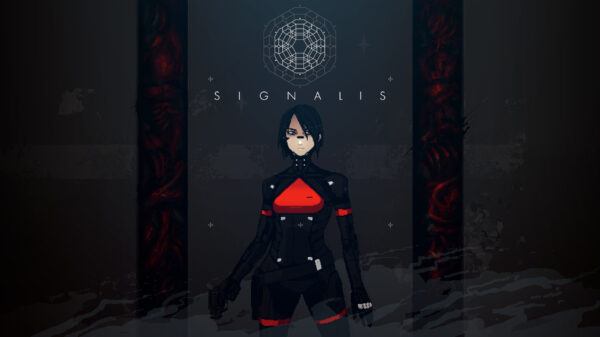
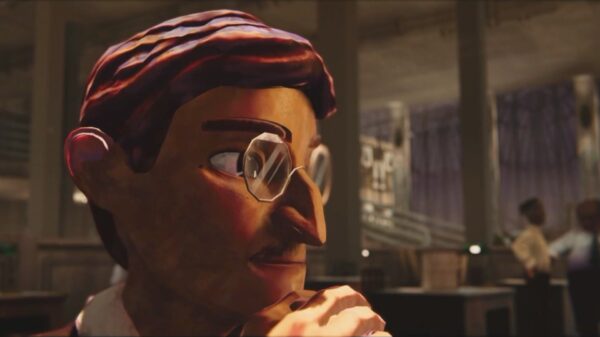

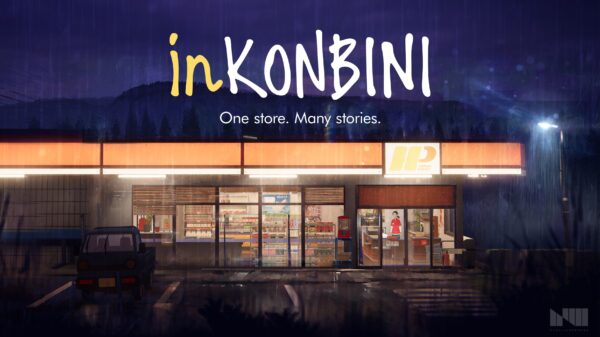
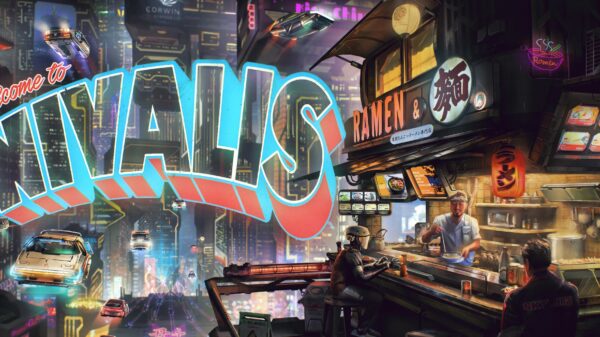
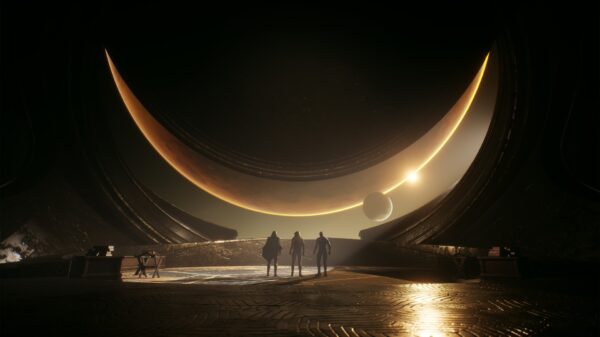
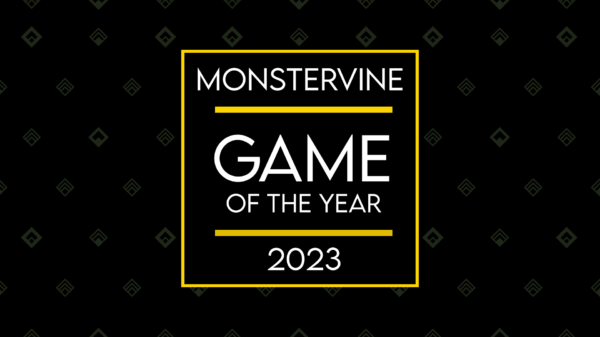
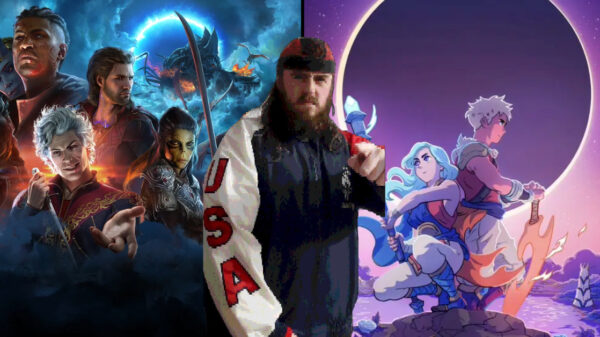
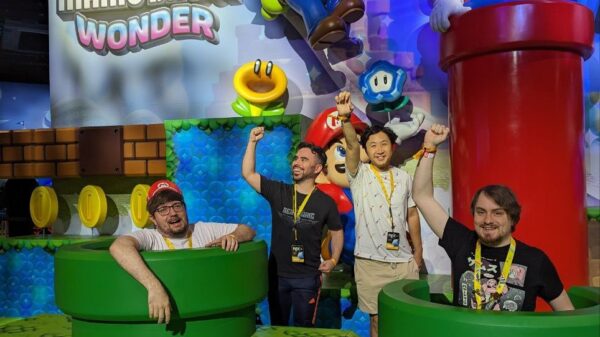
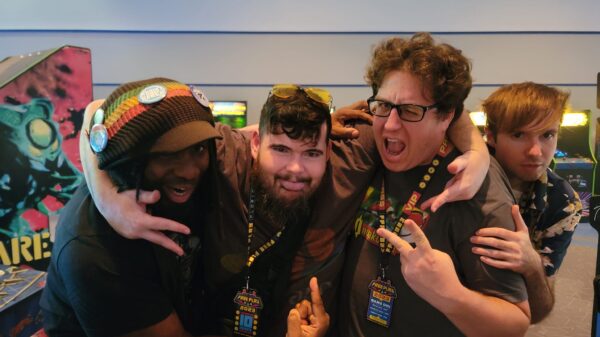
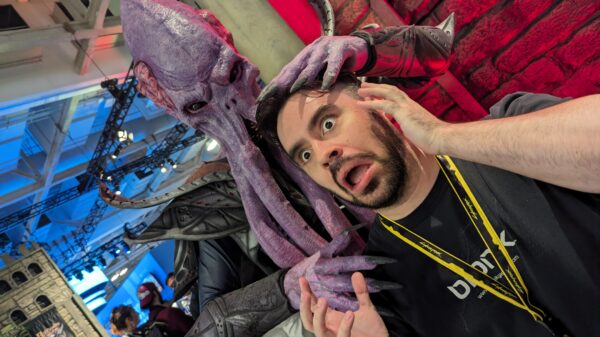
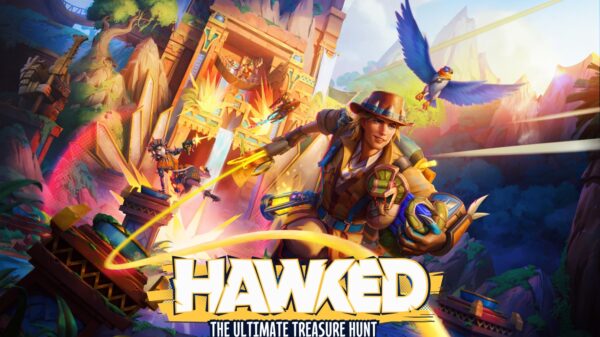
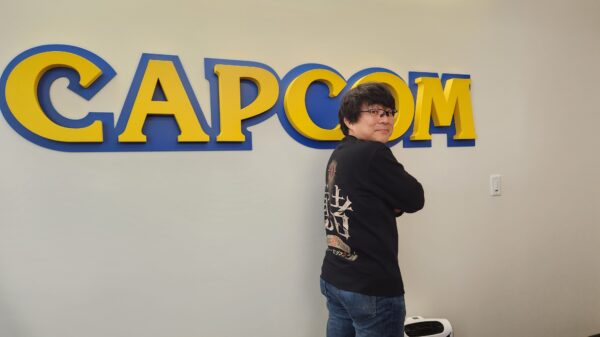

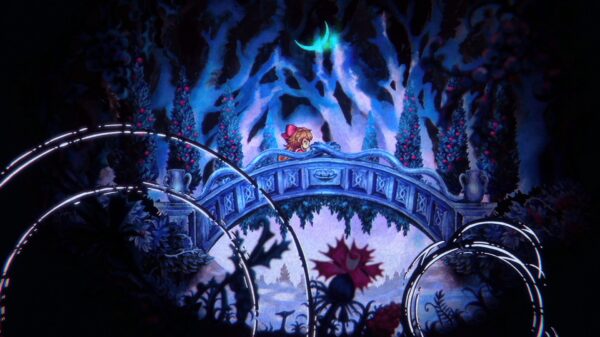

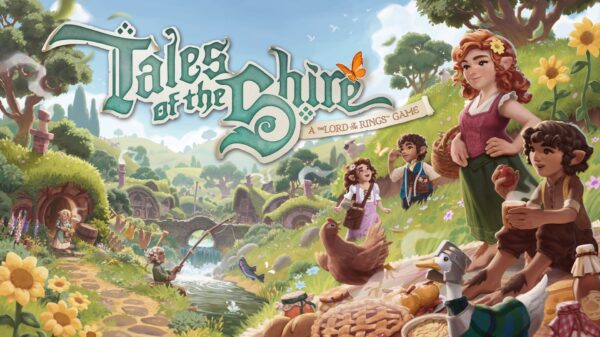

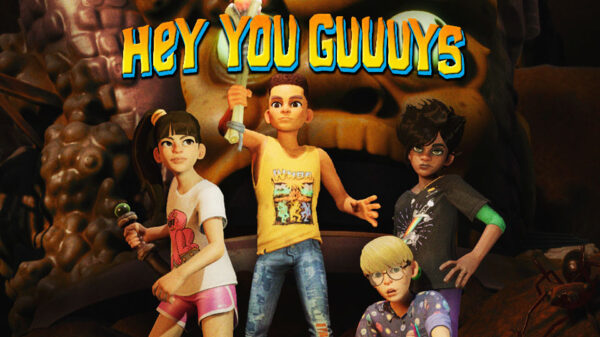
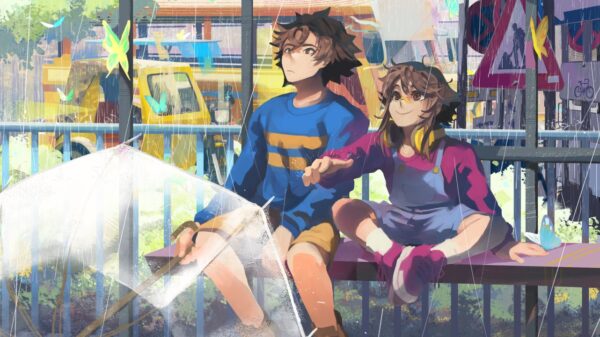
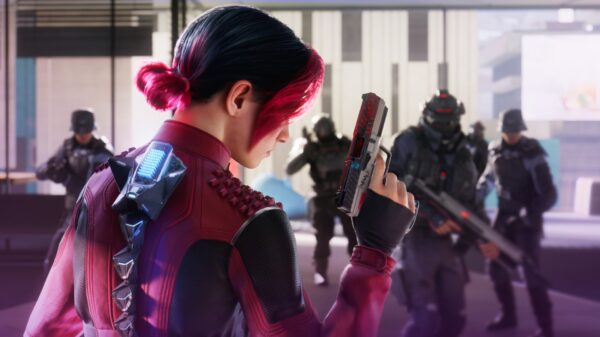
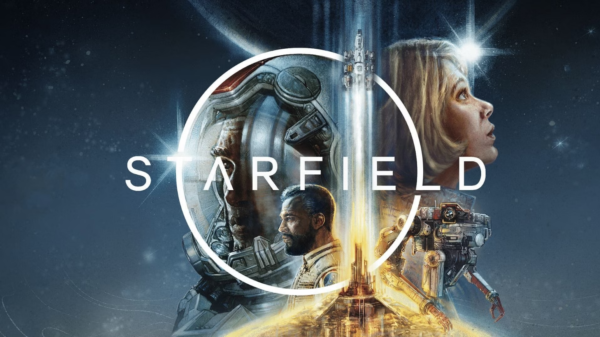
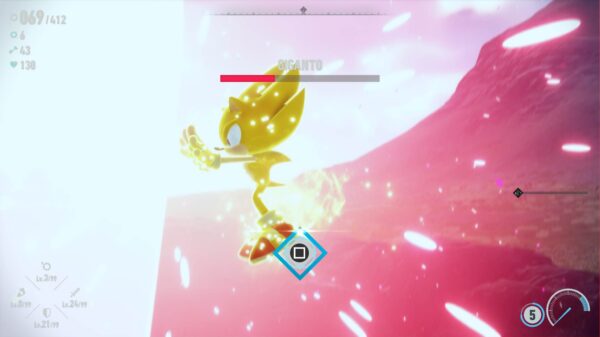
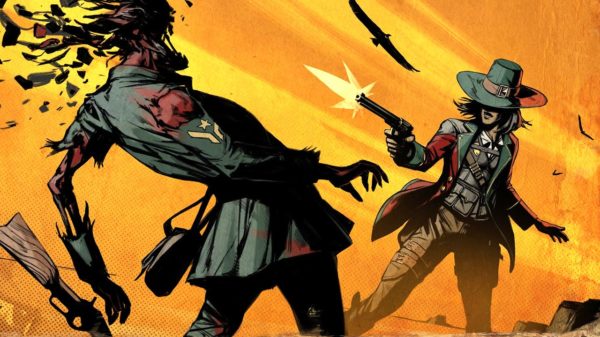
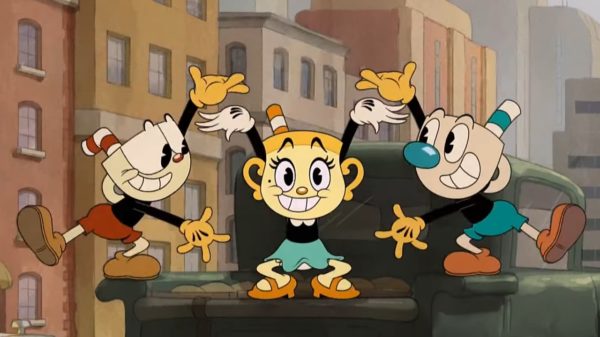
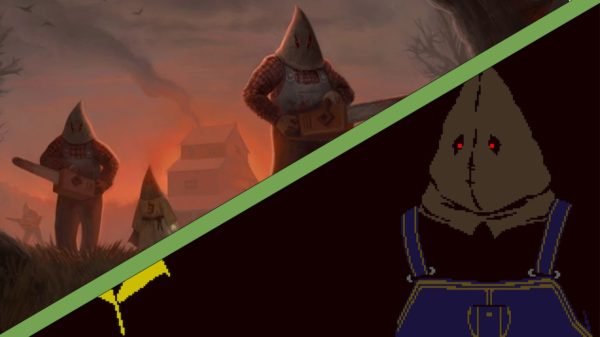
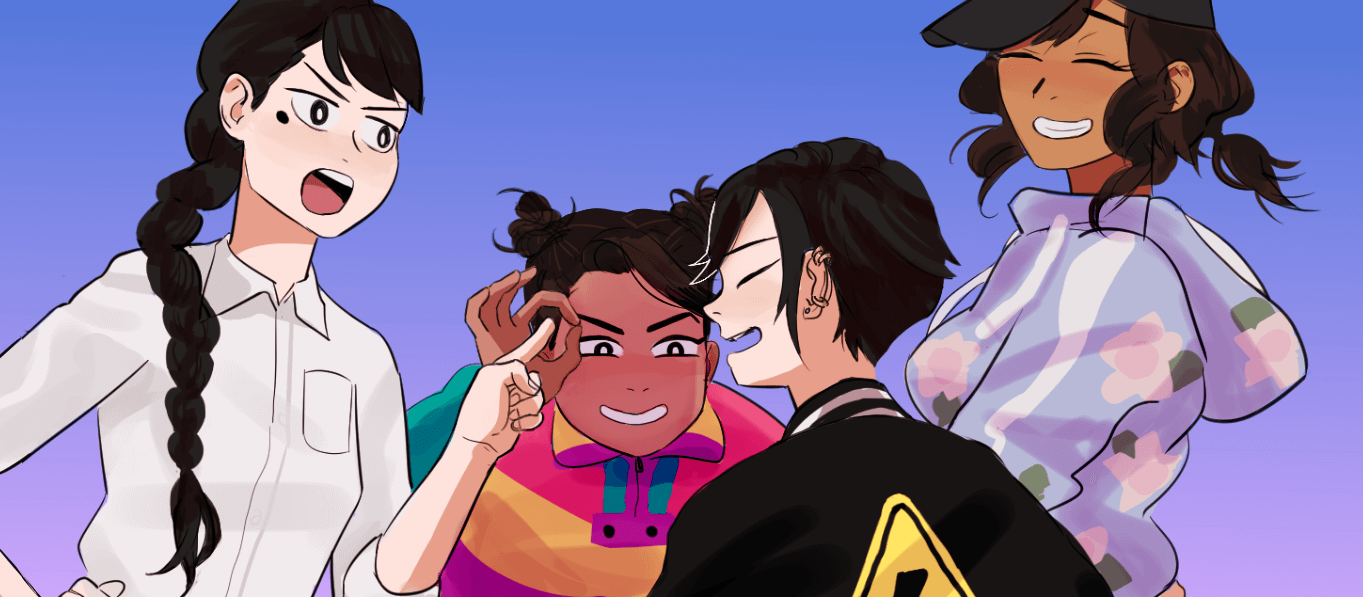
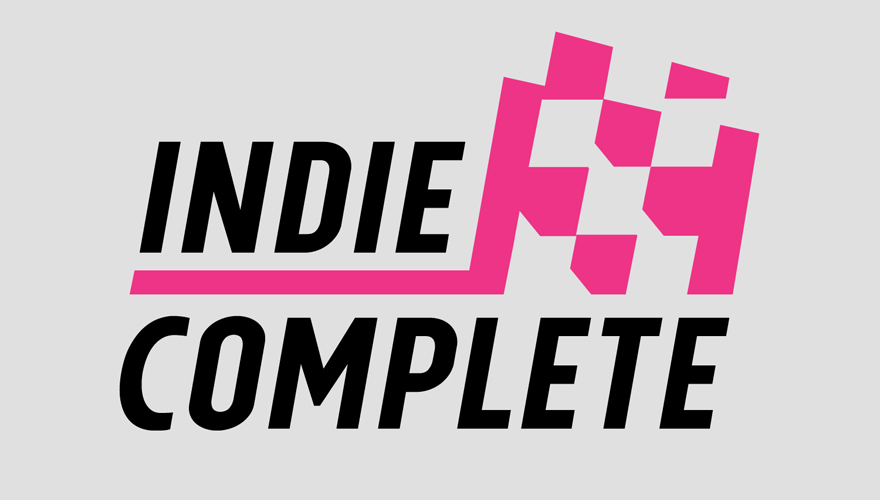

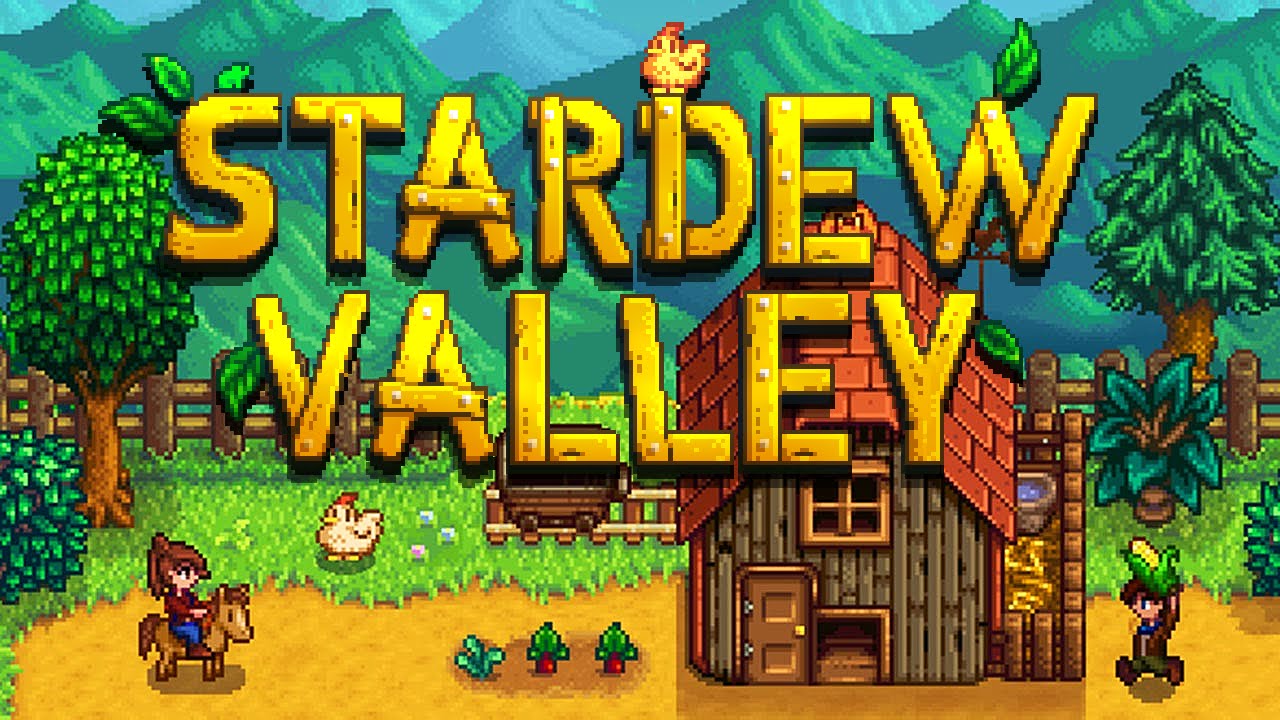


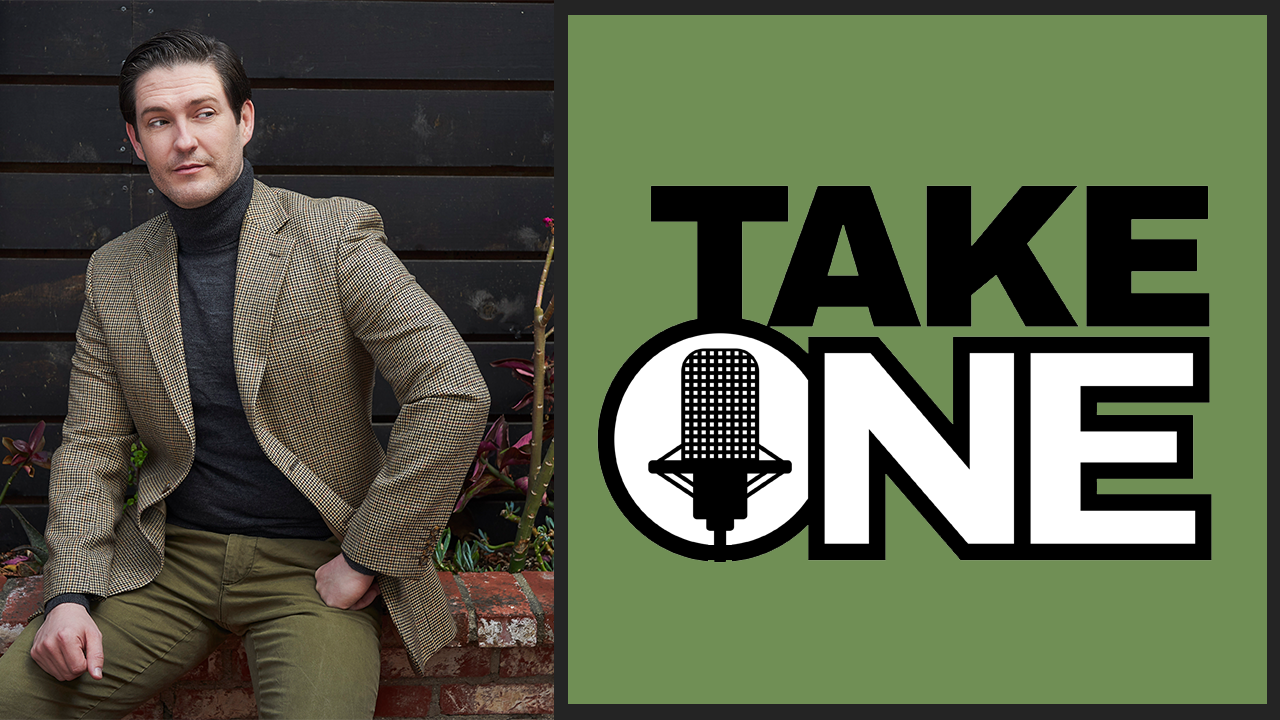
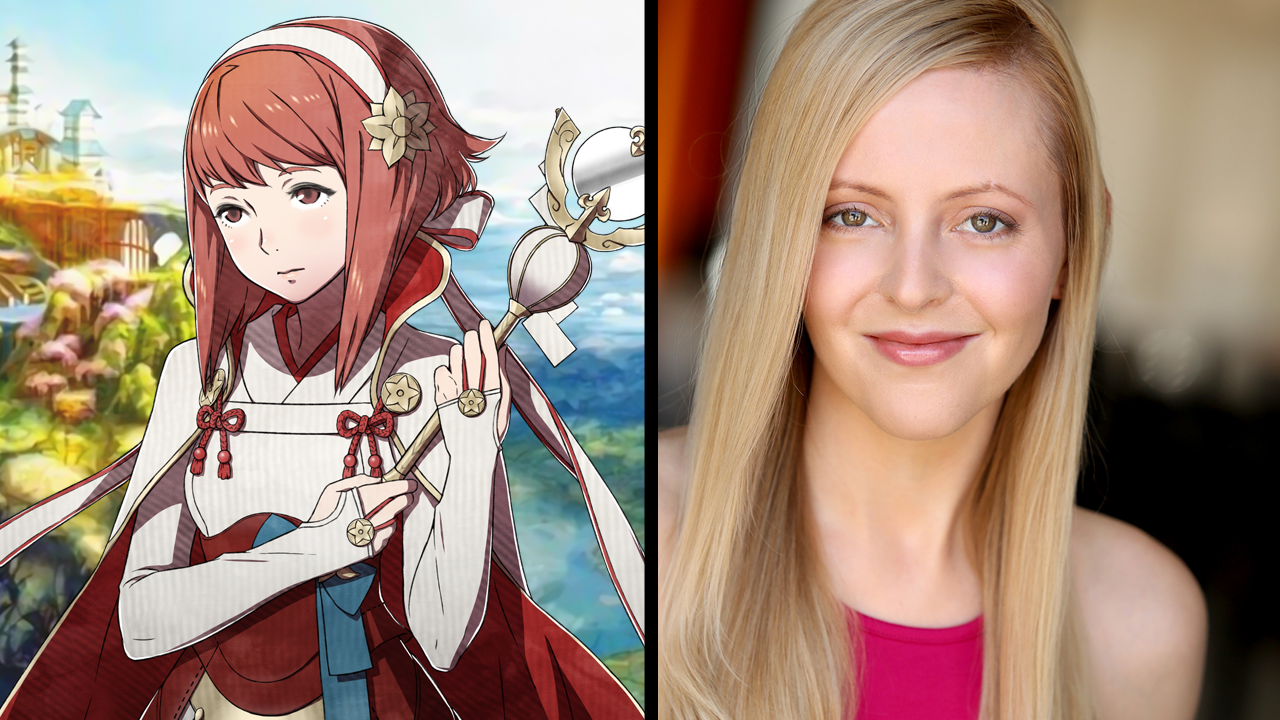

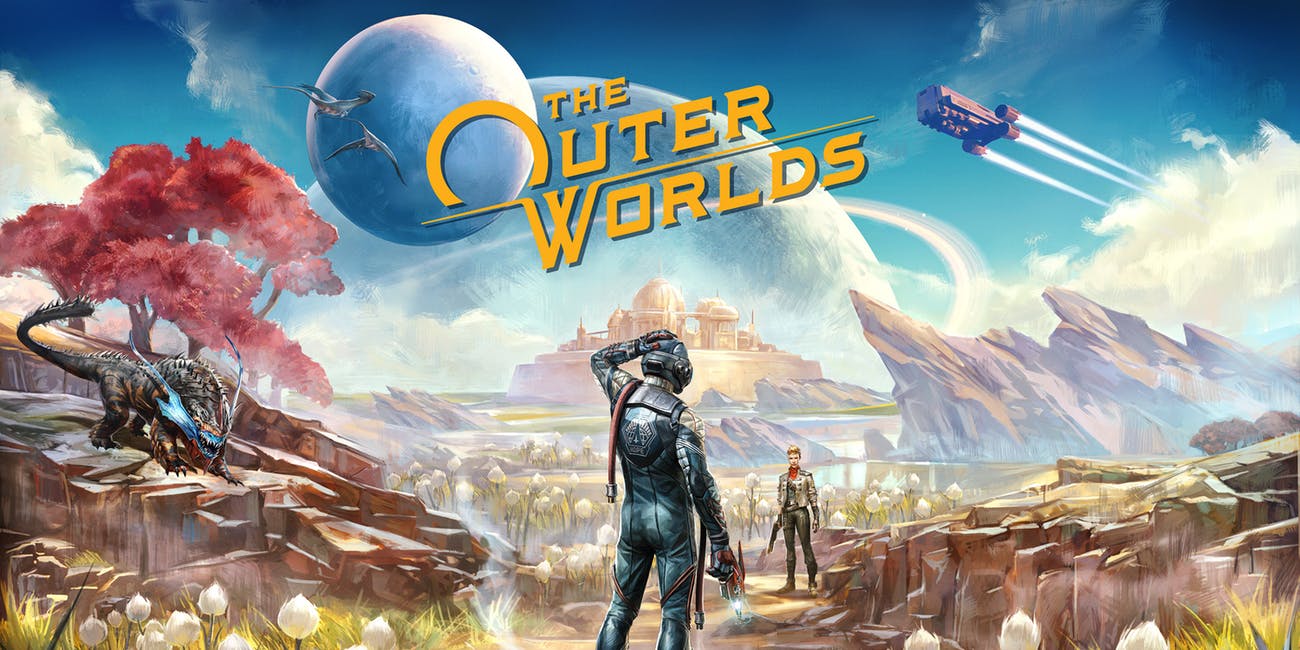
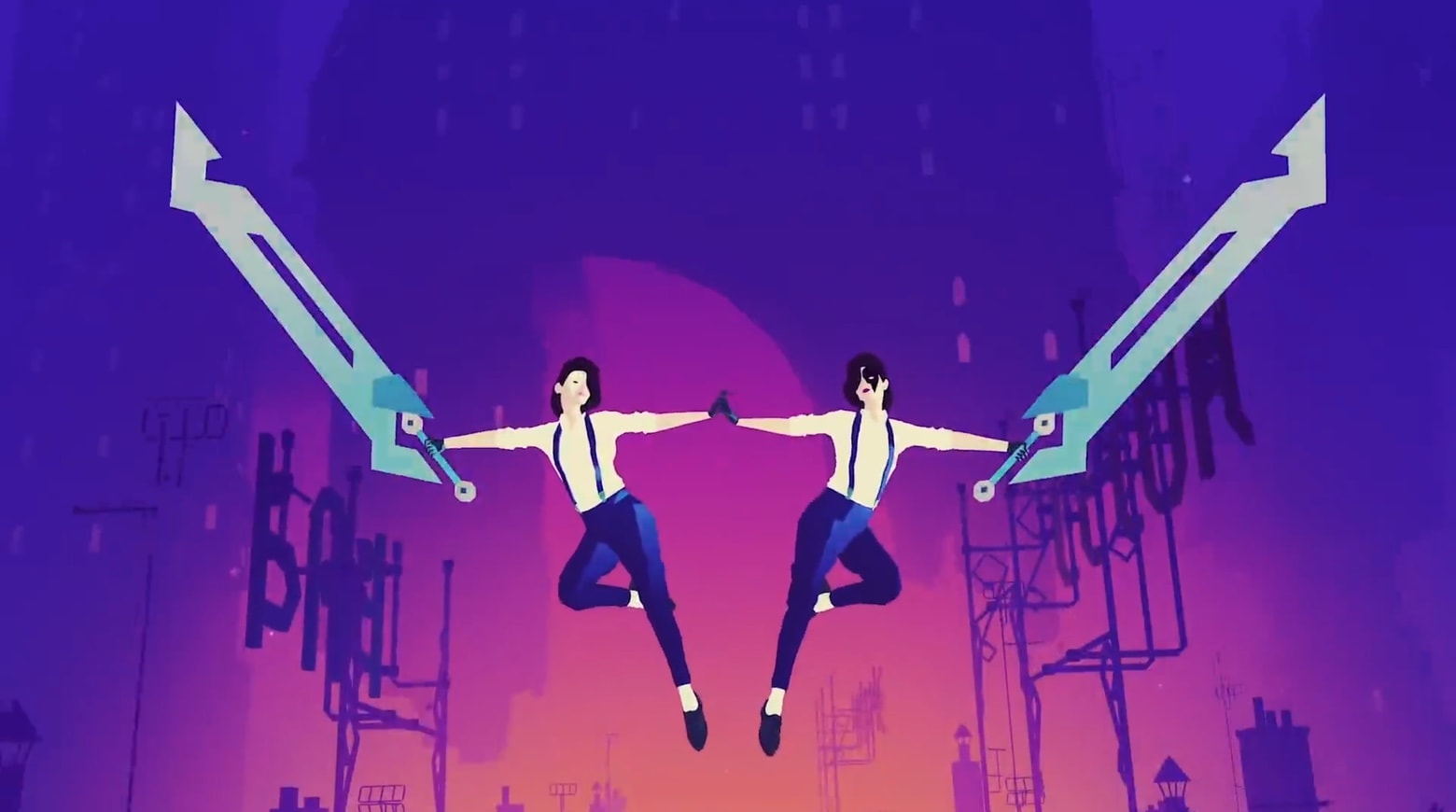
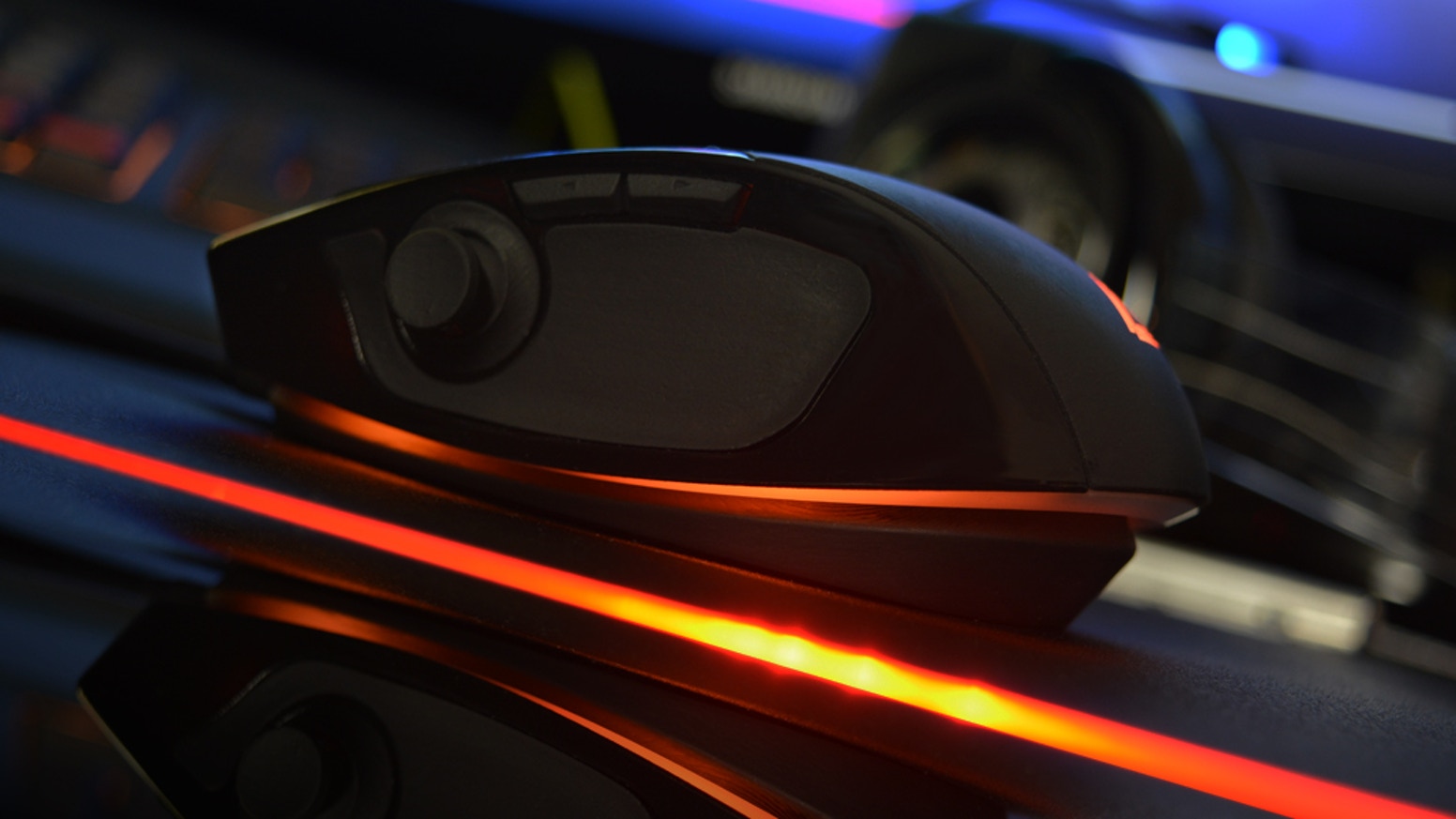

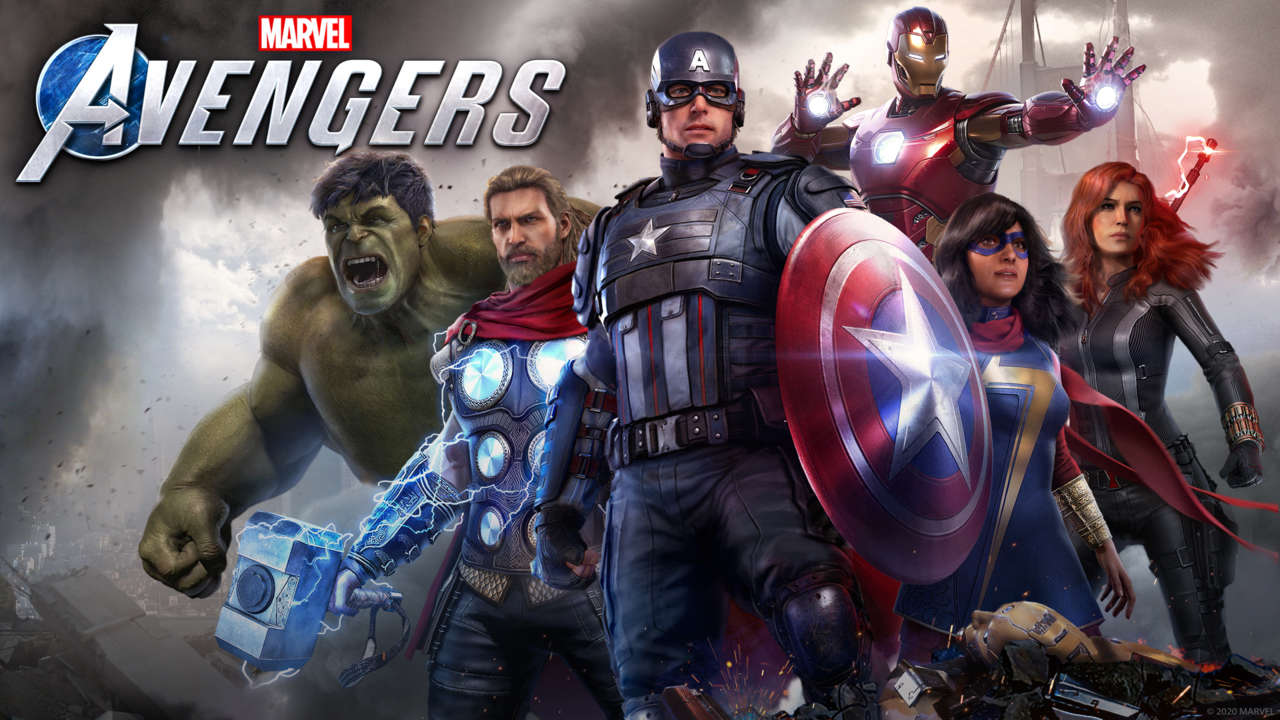
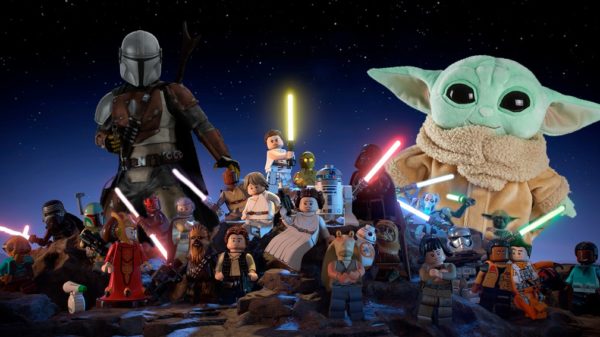
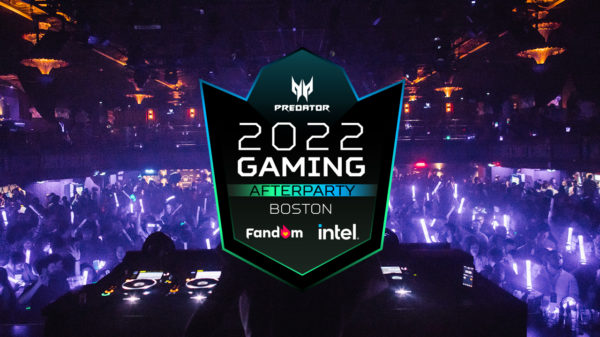

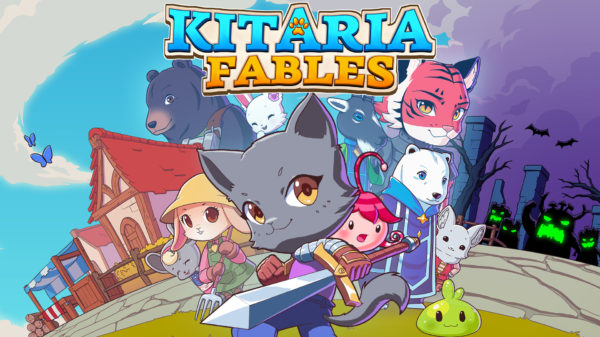
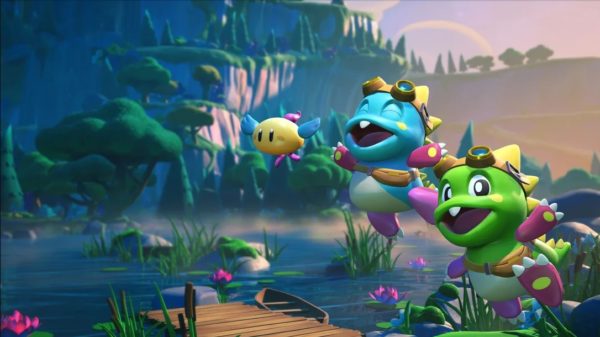
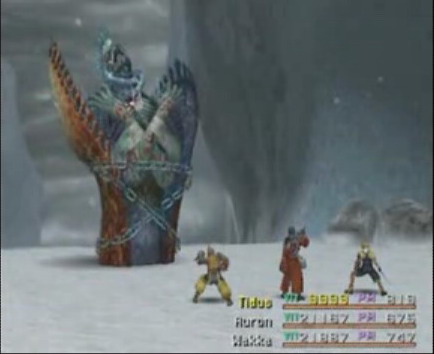
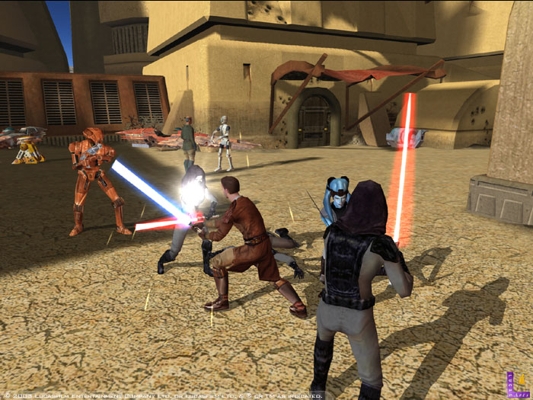
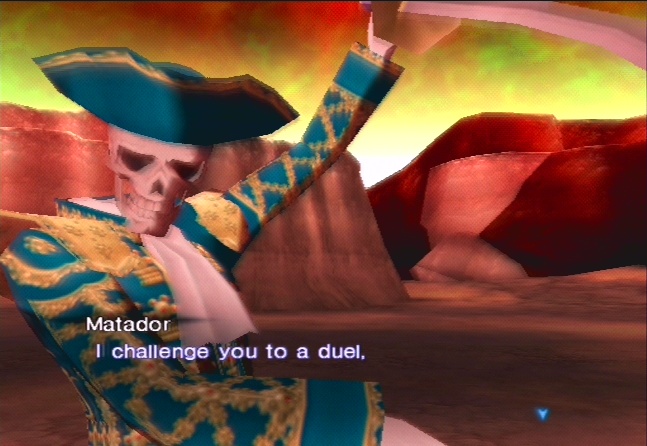
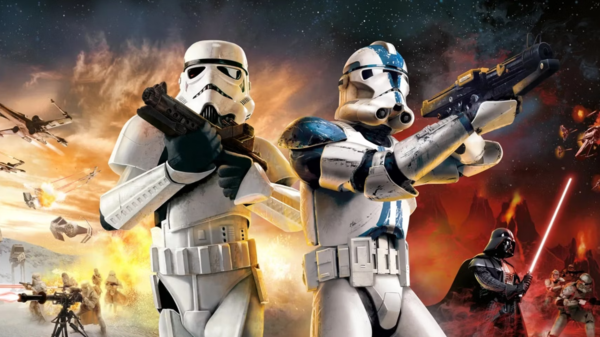

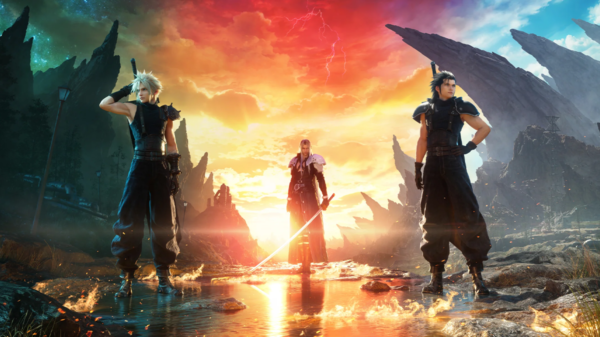
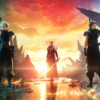
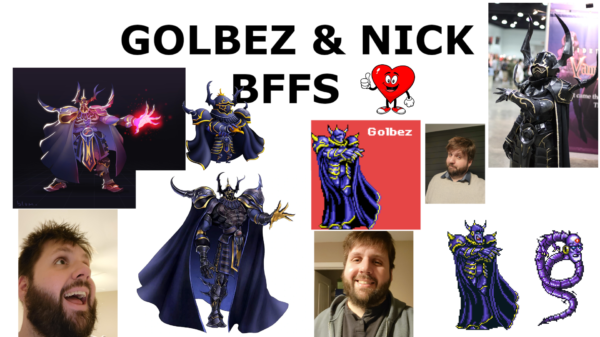

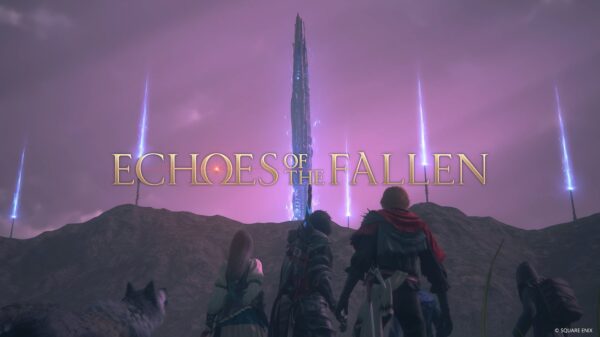
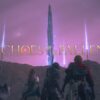
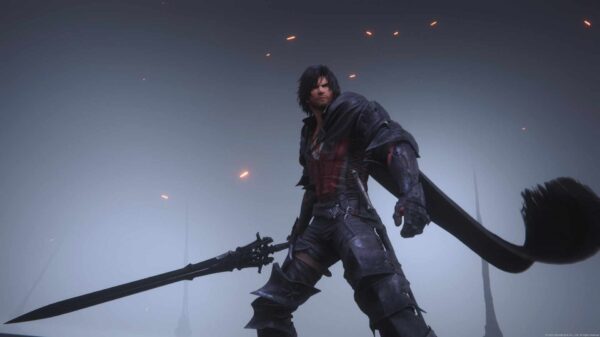
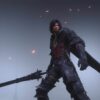
William Saw
October 22, 2009 at 9:02 pm
Yeah, there were those irks in KotOR that made it impossible for me to complete the game without frustration. And the unknown planet…ugh…